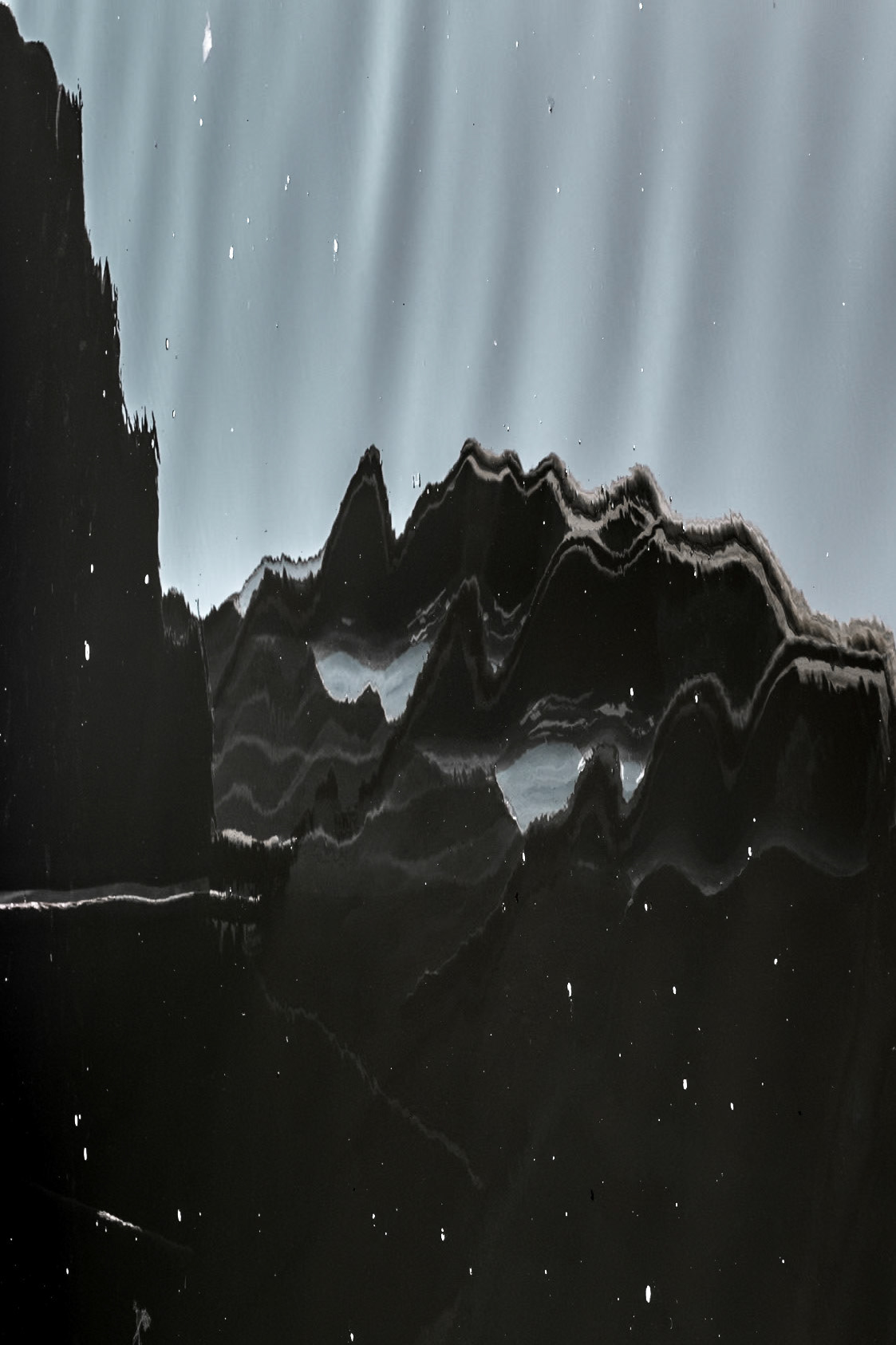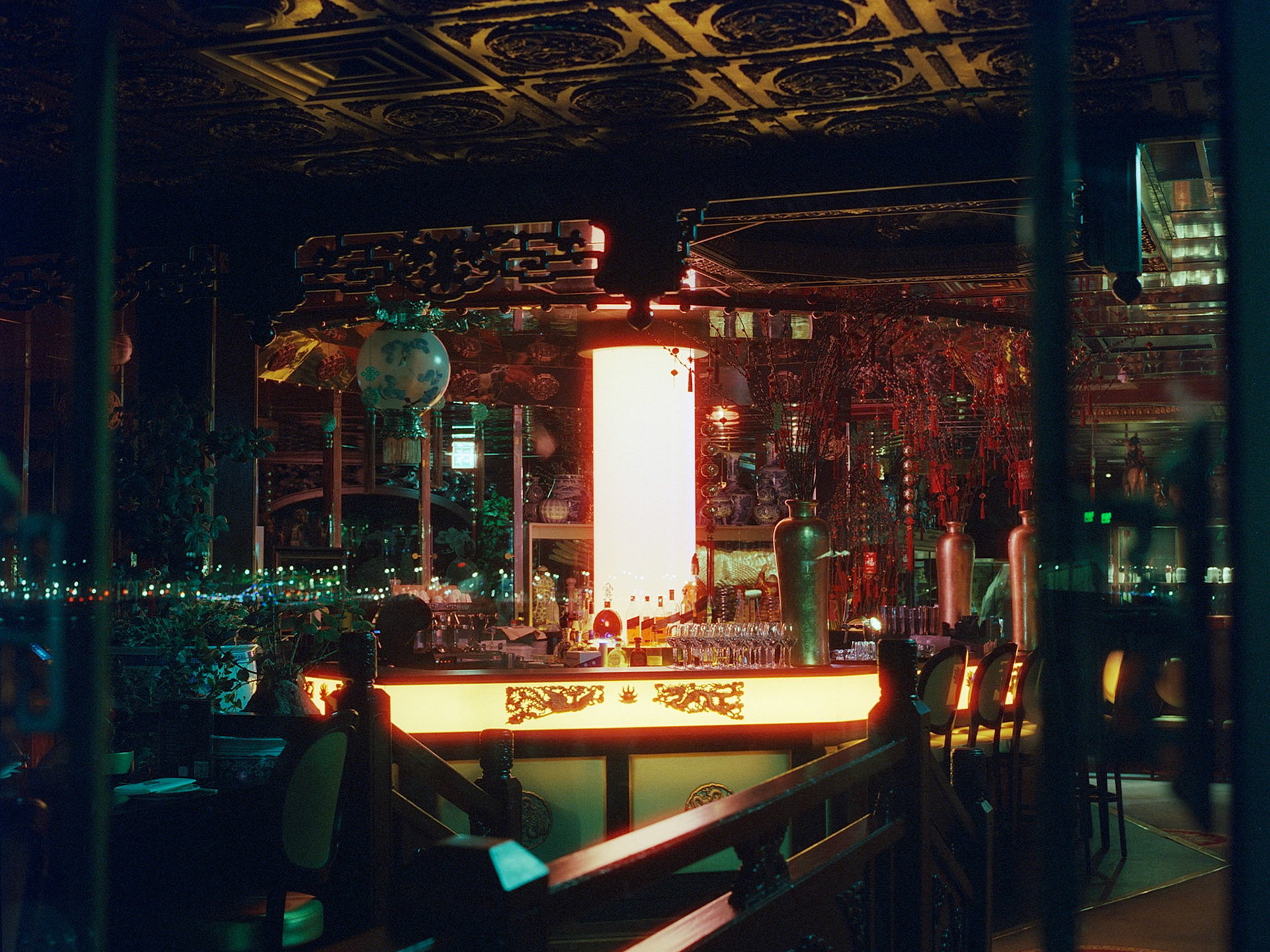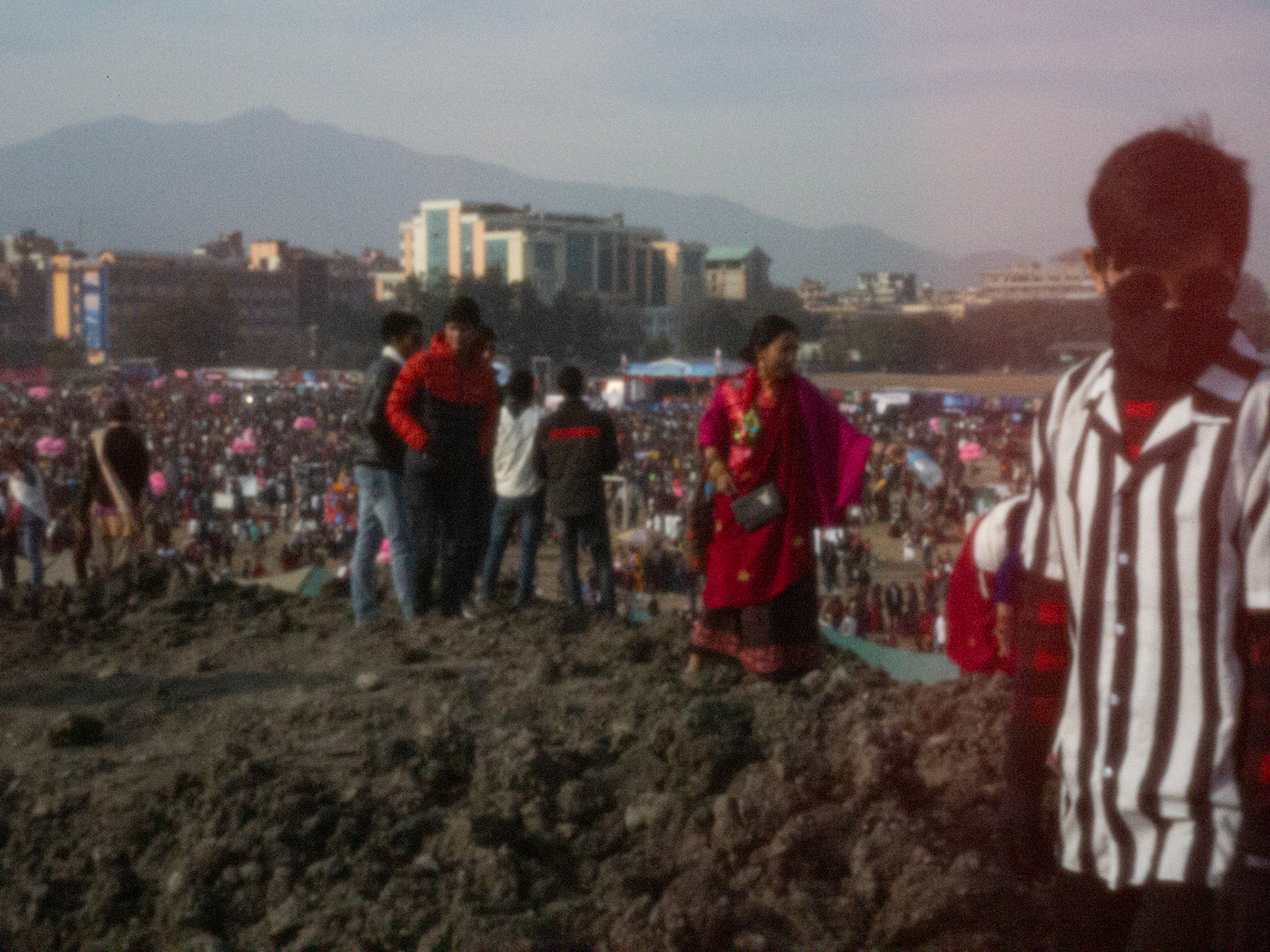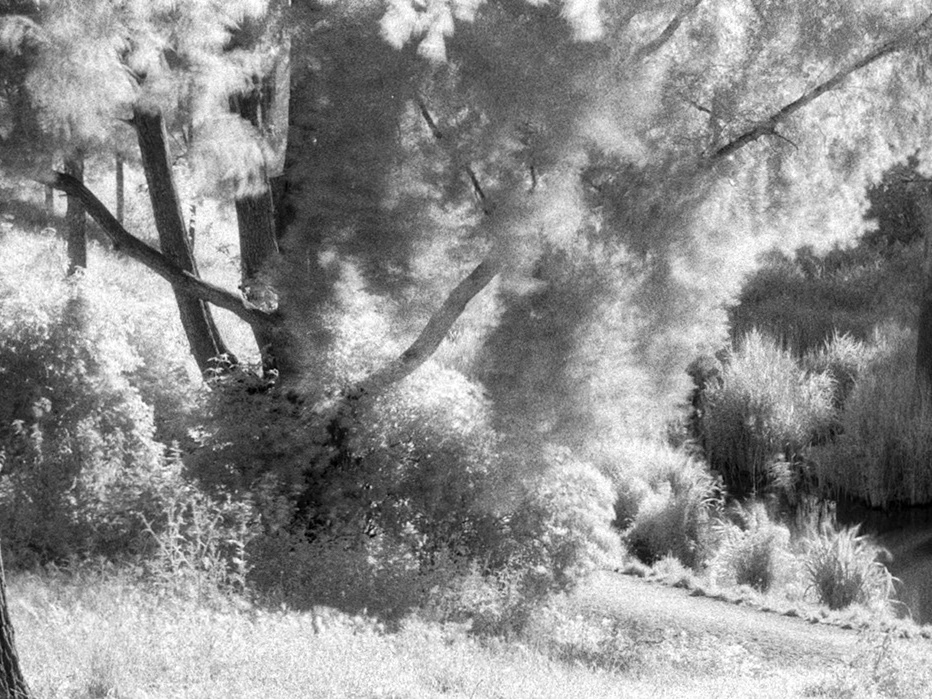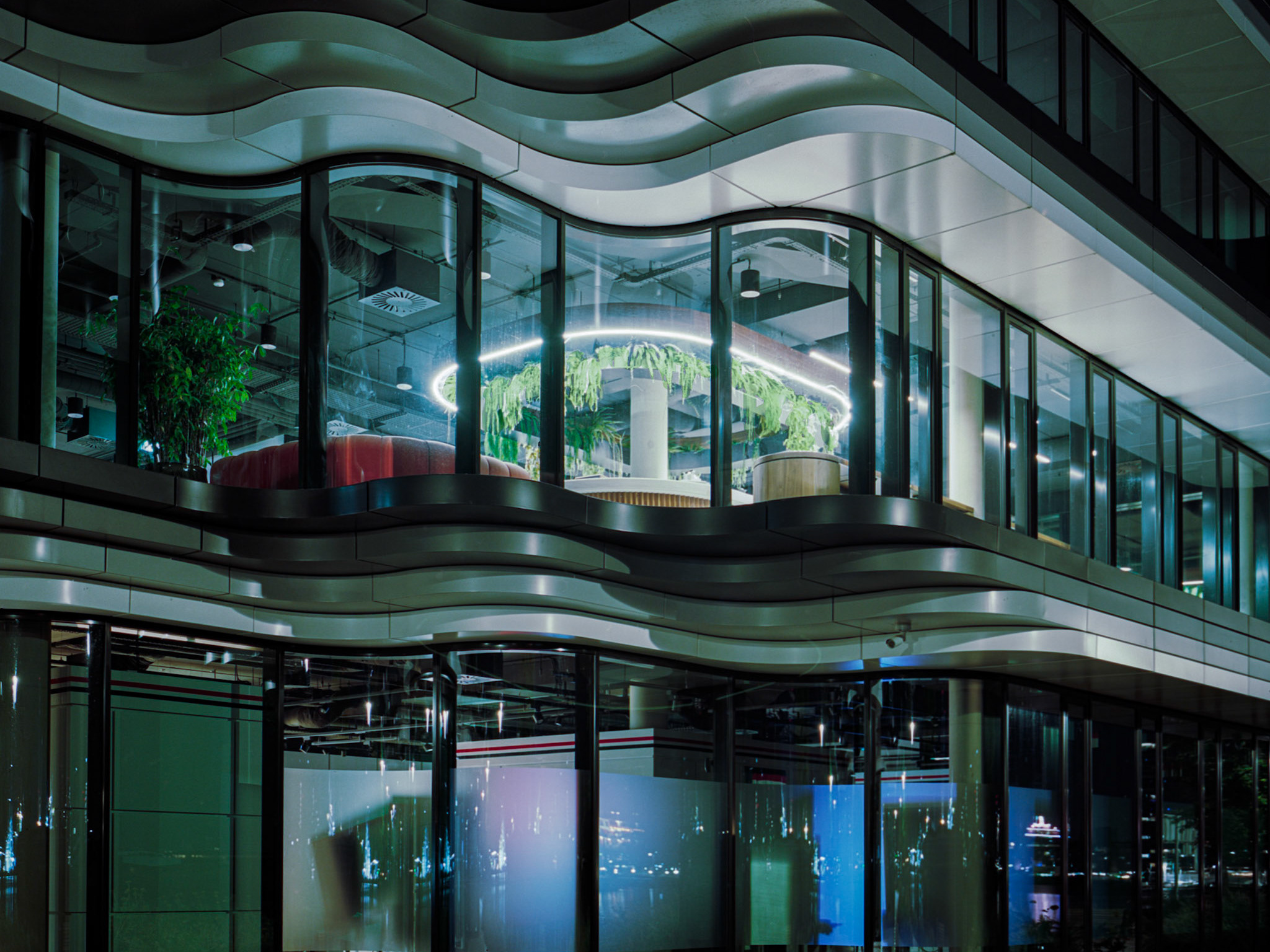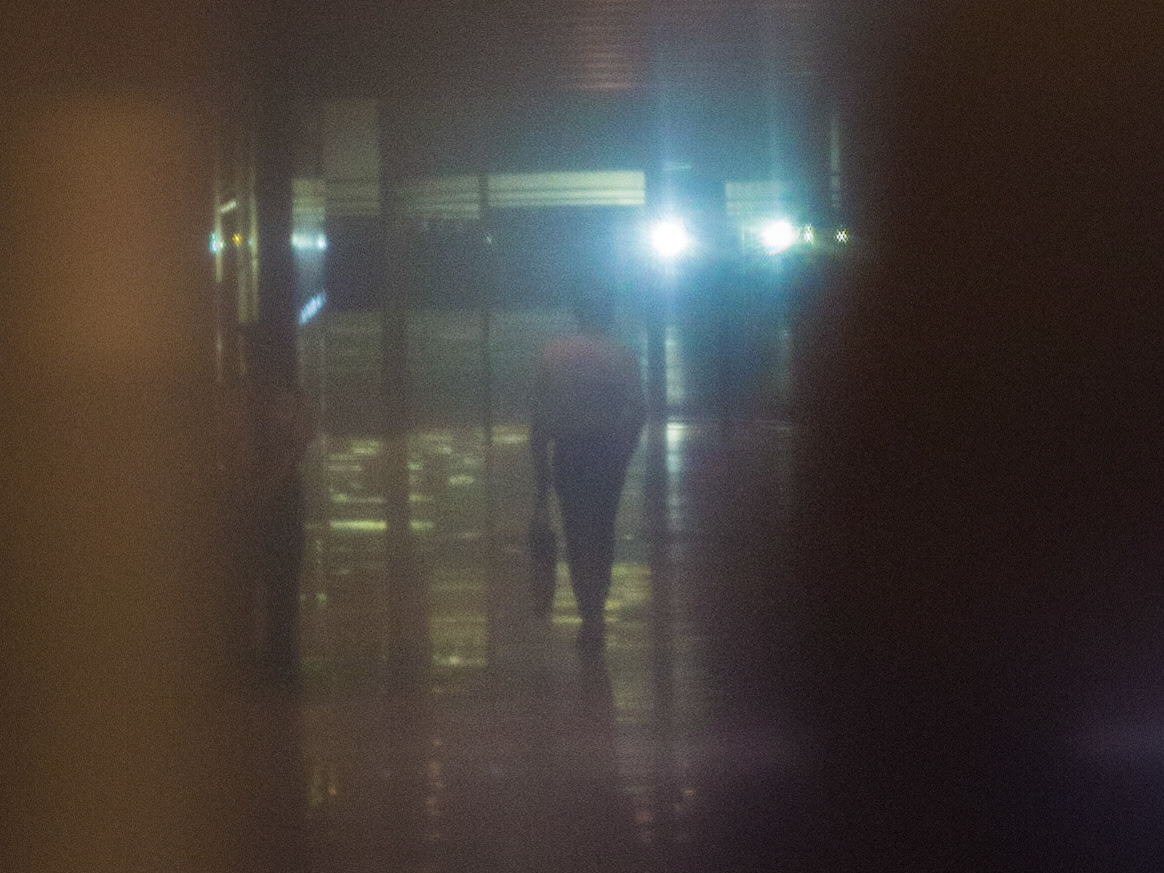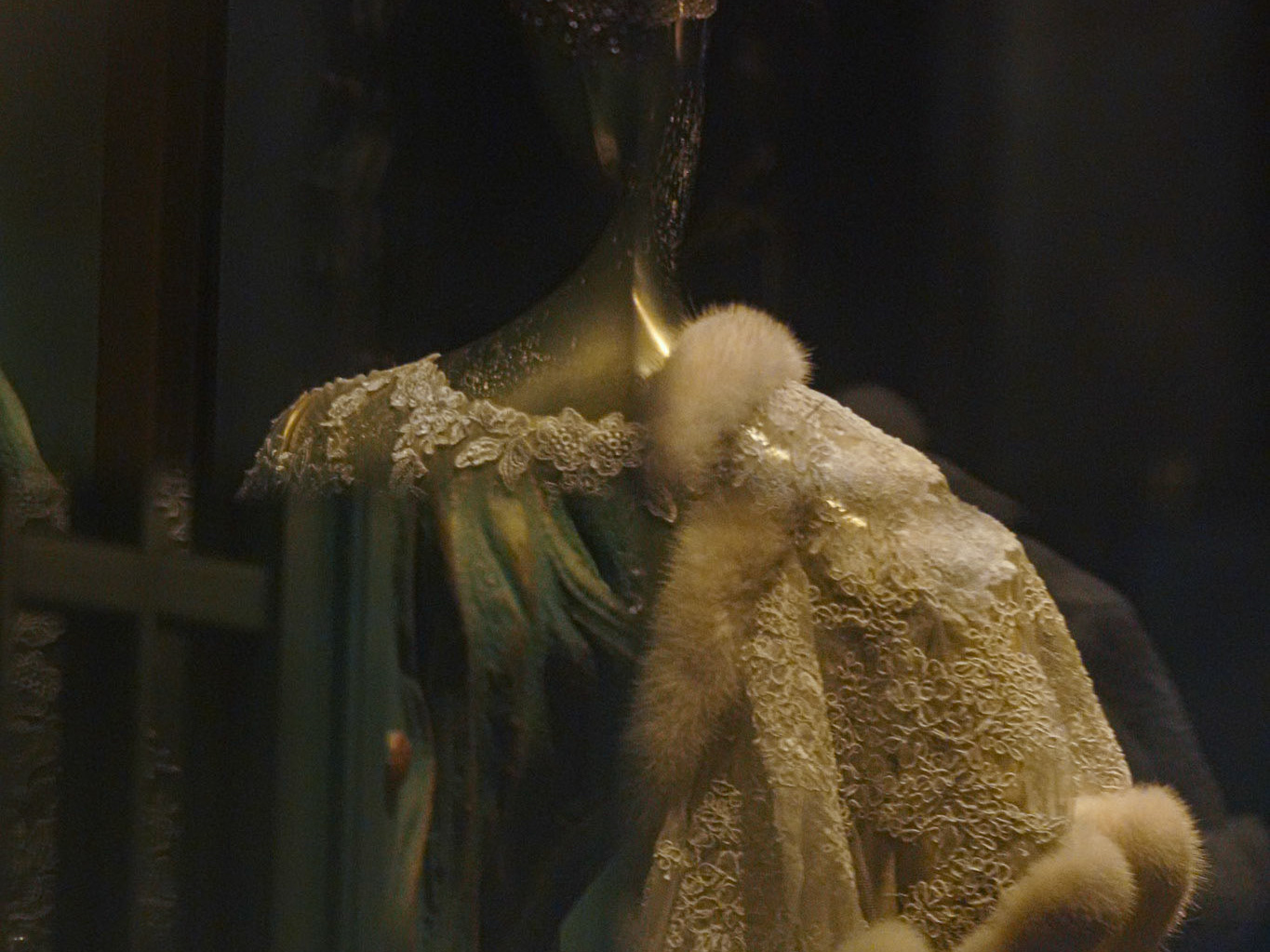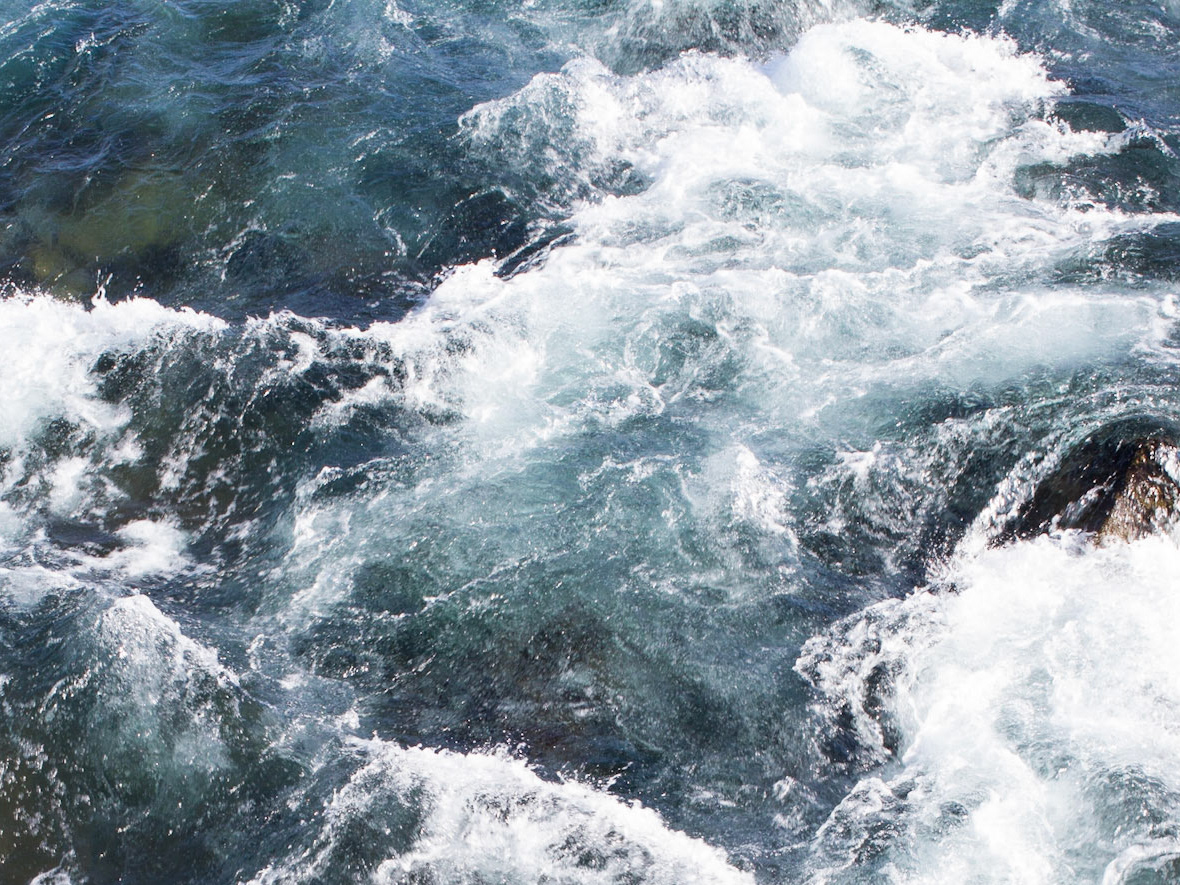Thud Studio Exhibition
June 4th – July 2nd
June 4th – July 2nd
This exhibition presents "The Hosts of Houthavens," an evocative body of work by French photographer Benjamin Martin (b. 1991). Now based in Amsterdam, Benjamin is renowned for his keen eye for light, space, and texture, transforming the ostensibly banal into the abstract and compelling. In this series, he turns his lens towards the rapid, often radical, transformation of Amsterdam's former timber harbor, the Houthavens.
Benjamin began this project shortly after his arrival in 2014, when the district was a vast, shifting construction site dedicated to the creation of new, artificial islands. Confronted by this monumental change, the artist poses a fundamental curatorial question: What relationship does the future of a constructed space maintain with its deep and often contradictory history?
Blurring the Line: Analogue and Archive
The initial chapter of the series addresses the visual and conceptual friction between newly constructed buildings and existing spaces. To articulate this dialogue across time, Benjamin deliberately chose an analogue aesthetic. The photographs are captured using a Konica Hexar camera from the 1990s and Ilford HP5 Plus ISO 400 film, lending the images a distinctive black & white, grainy, and "archival" quality.
The initial chapter of the series addresses the visual and conceptual friction between newly constructed buildings and existing spaces. To articulate this dialogue across time, Benjamin deliberately chose an analogue aesthetic. The photographs are captured using a Konica Hexar camera from the 1990s and Ilford HP5 Plus ISO 400 film, lending the images a distinctive black & white, grainy, and "archival" quality.
This intentional aesthetic choice is not mere nostalgia; it is a critical strategy. By simulating historical documentation, Benjamin effectively blurs the line between the new and old elements within the frame, emphasizing the enduring historical character of the district and suggesting that the past remains an ever-present layer, a palimpsest, upon the contemporary landscape.
The Ambivalence of Concrete
Benjamin dedicates a significant portion of this work to the ubiquitous material of concrete, exploring its complex and paradoxical role in the Houthavens narrative. Concrete is both the agent of the harbor's downfall and the material of its rebirth. As the artist notes, the introduction of concrete piles in the 1950s—replacing the traditional wooden piles—precipitated the decline of the timber trade and the area’s subsequent transformation into a residential zone.
Benjamin dedicates a significant portion of this work to the ubiquitous material of concrete, exploring its complex and paradoxical role in the Houthavens narrative. Concrete is both the agent of the harbor's downfall and the material of its rebirth. As the artist notes, the introduction of concrete piles in the 1950s—replacing the traditional wooden piles—precipitated the decline of the timber trade and the area’s subsequent transformation into a residential zone.
Through close studies of construction sites and finished structures, Benjamin explores this ambivalence. His photographs highlight the material's aesthetic duality: the beauty, smoothness, and symmetry of modern construction existing alongside its inherent destructive power—the force that erased the industrial past and now dictates the scale of the future.
Catching the Soul: Water and Reflection
The final, and perhaps most philosophical, chapter seeks the spirit or soul (genius loci) of Houthavens. Benjamin concludes that the constant, transcendent link between the district's past, present, and future is found in its boats and their water reflection.
The final, and perhaps most philosophical, chapter seeks the spirit or soul (genius loci) of Houthavens. Benjamin concludes that the constant, transcendent link between the district's past, present, and future is found in its boats and their water reflection.
Focusing on the subtle, ever-changing dialogue between the physical vessels and their mirrored image, the photographs attempt to catch the soul inherent to Houthavens — a soul that persists beyond the fluctuating structures and temporal changes of the land. By capturing these elements, Benjamin offers a profound meditation that moves beyond mere architectural documentation, inviting us to question how we perceive and interact with constructed spaces, and where, precisely, the immutable spirit of a place resides.

houthavens
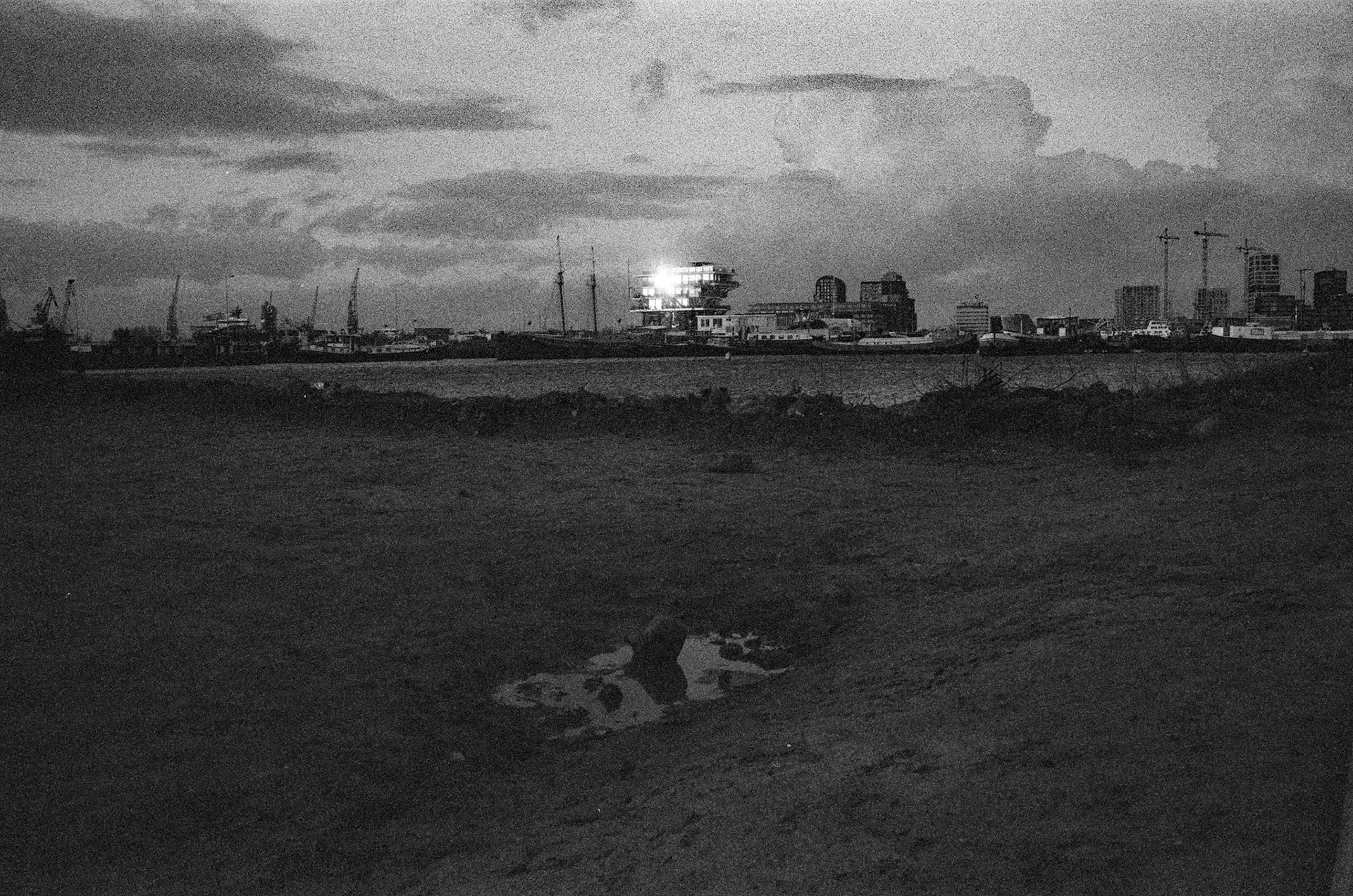
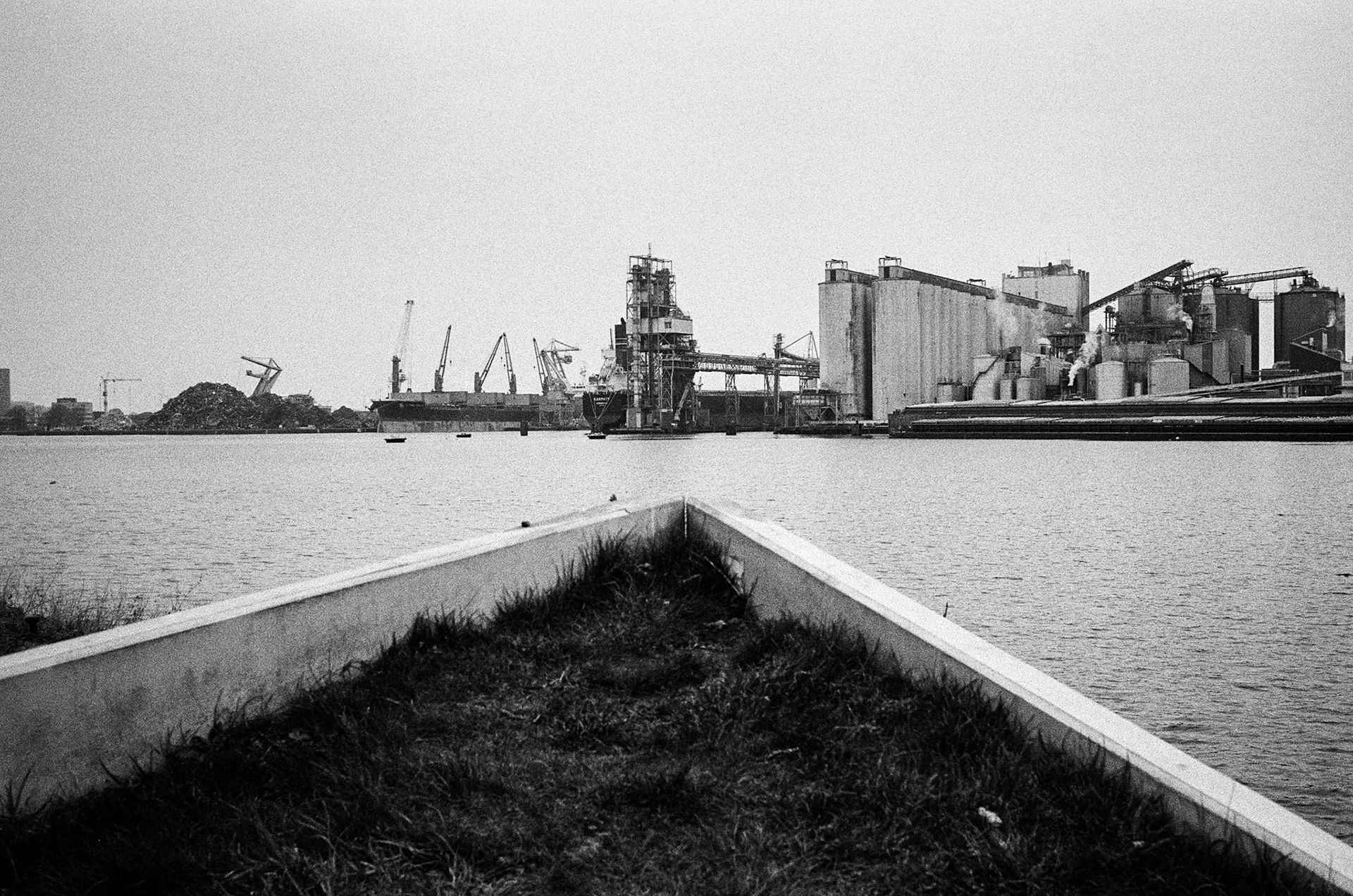
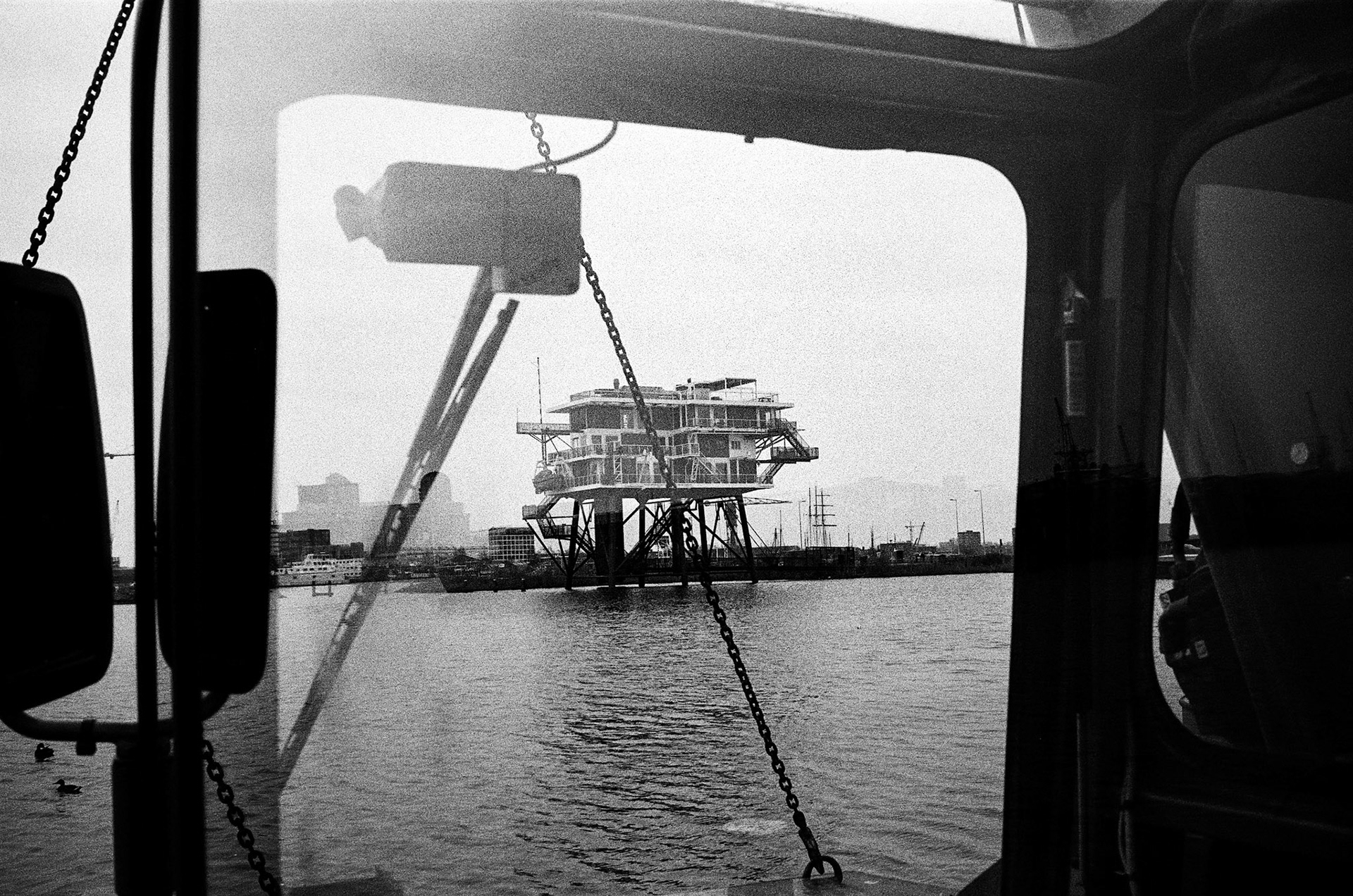
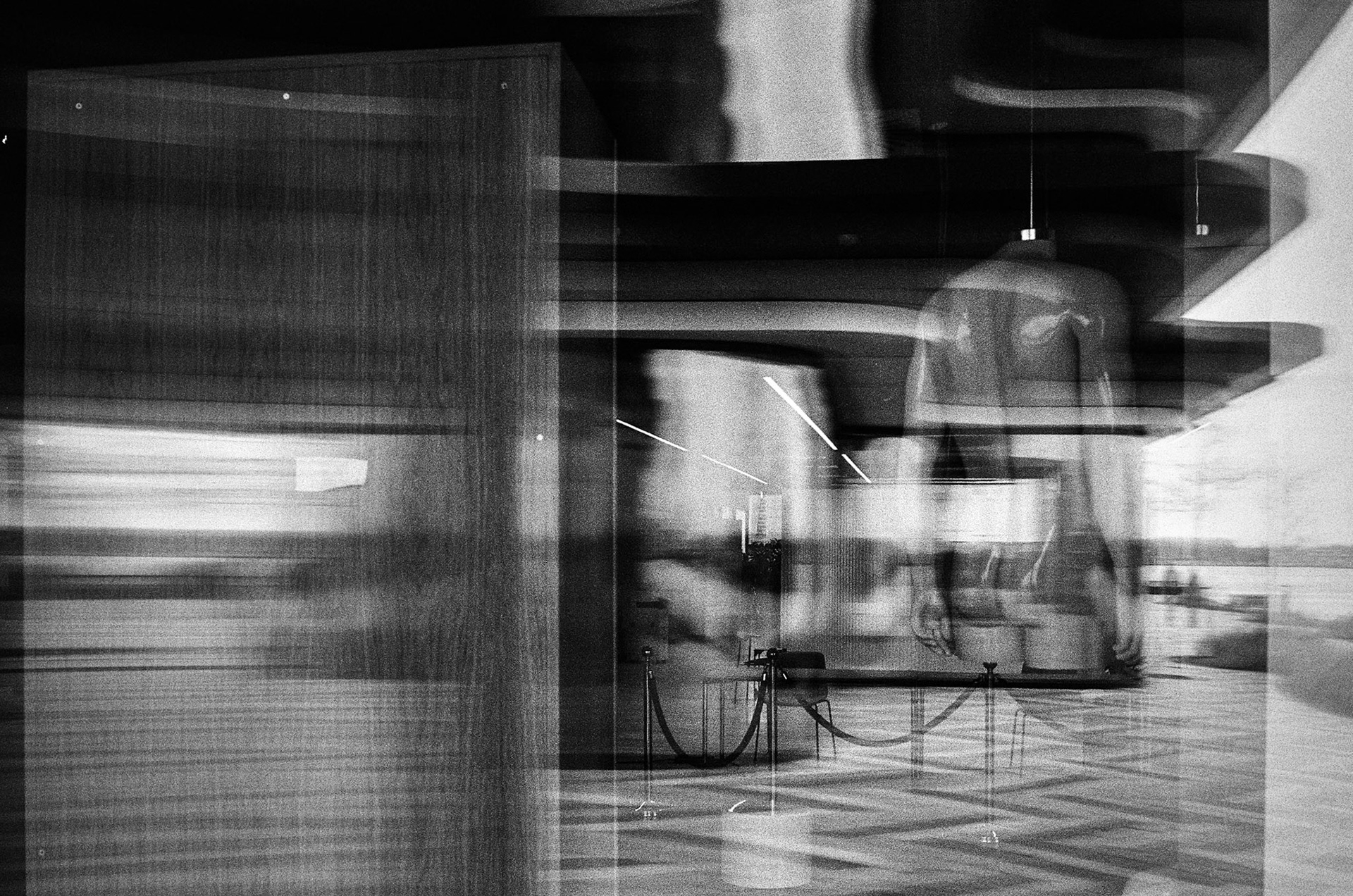
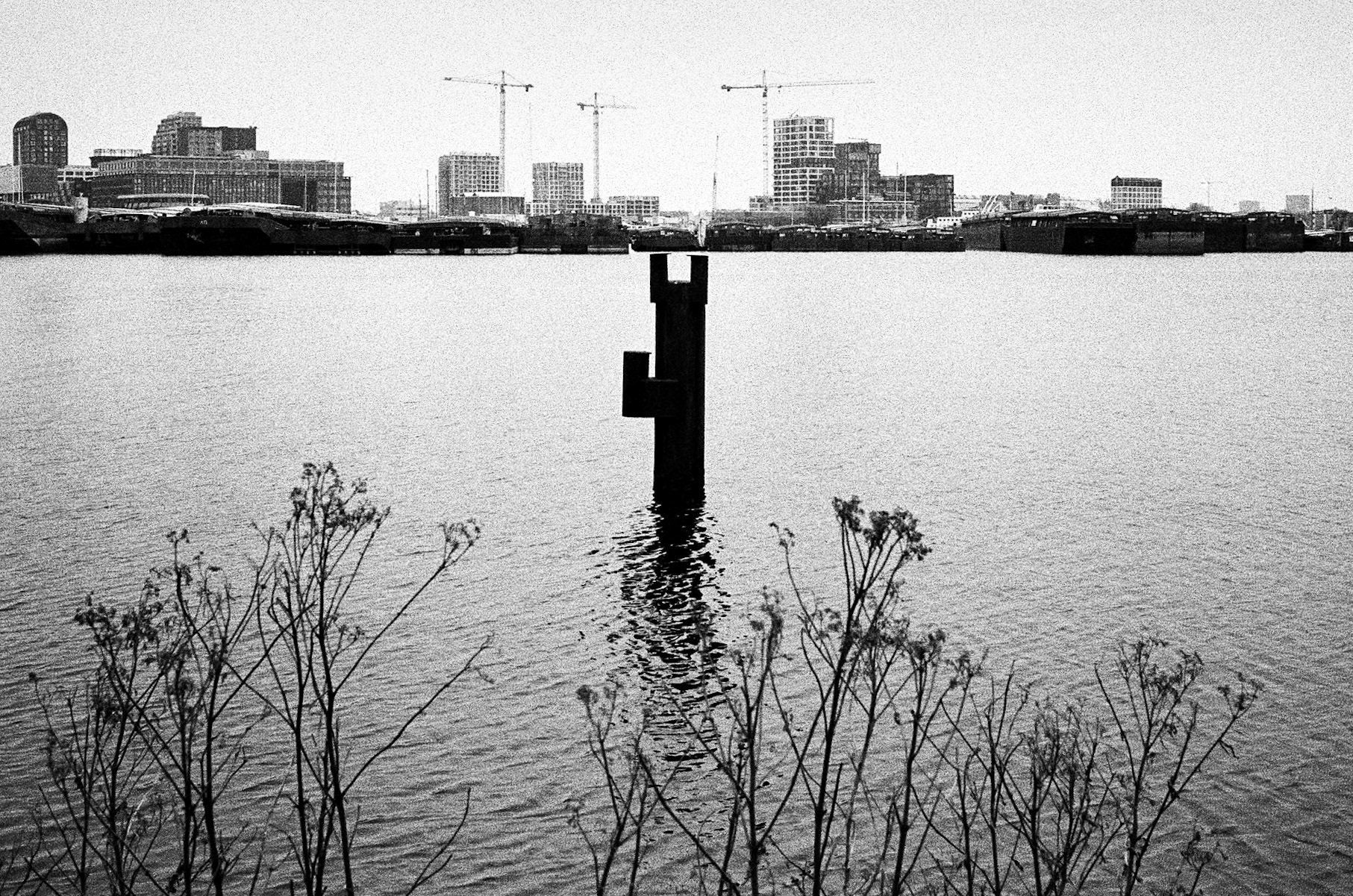
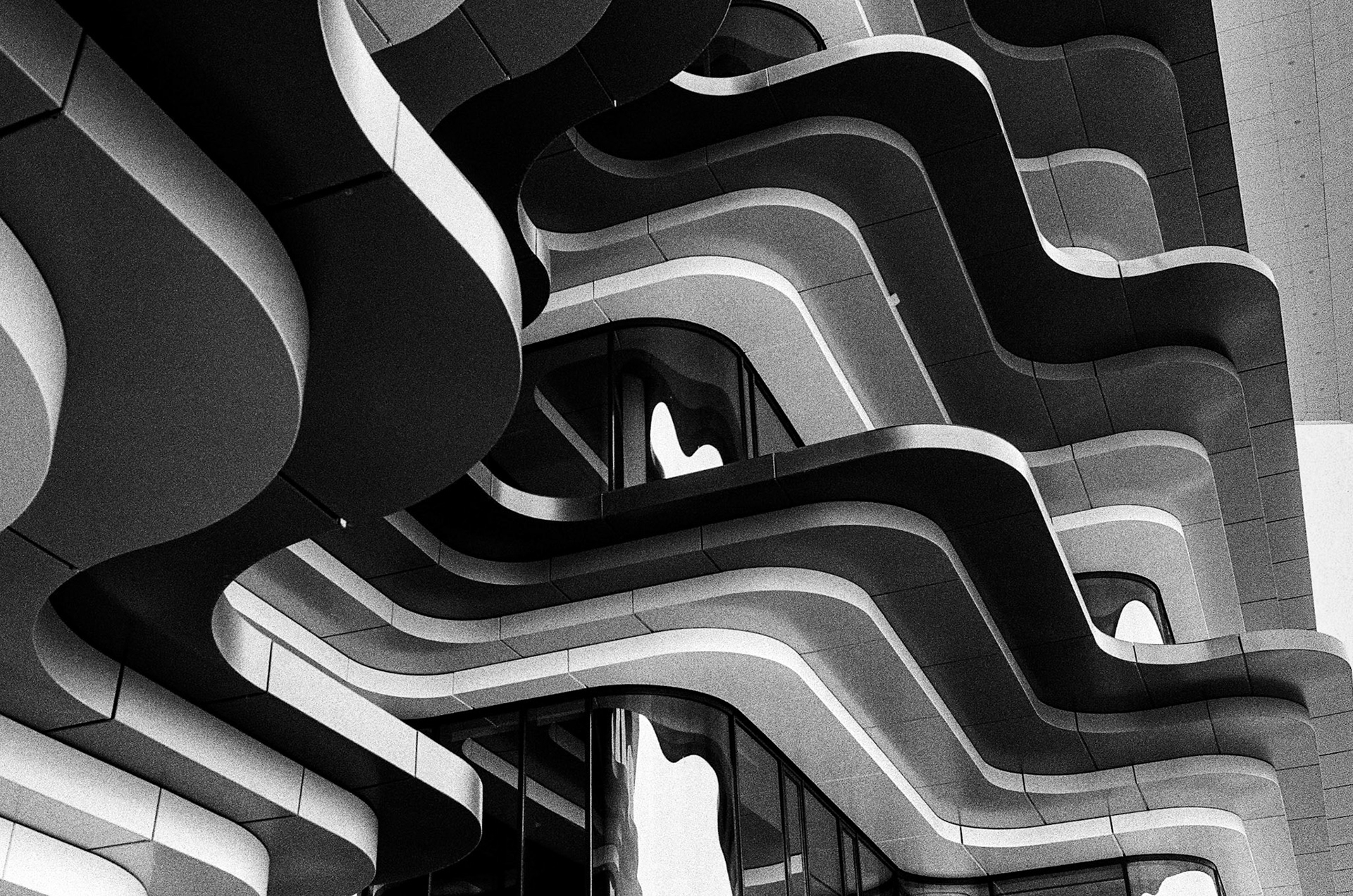
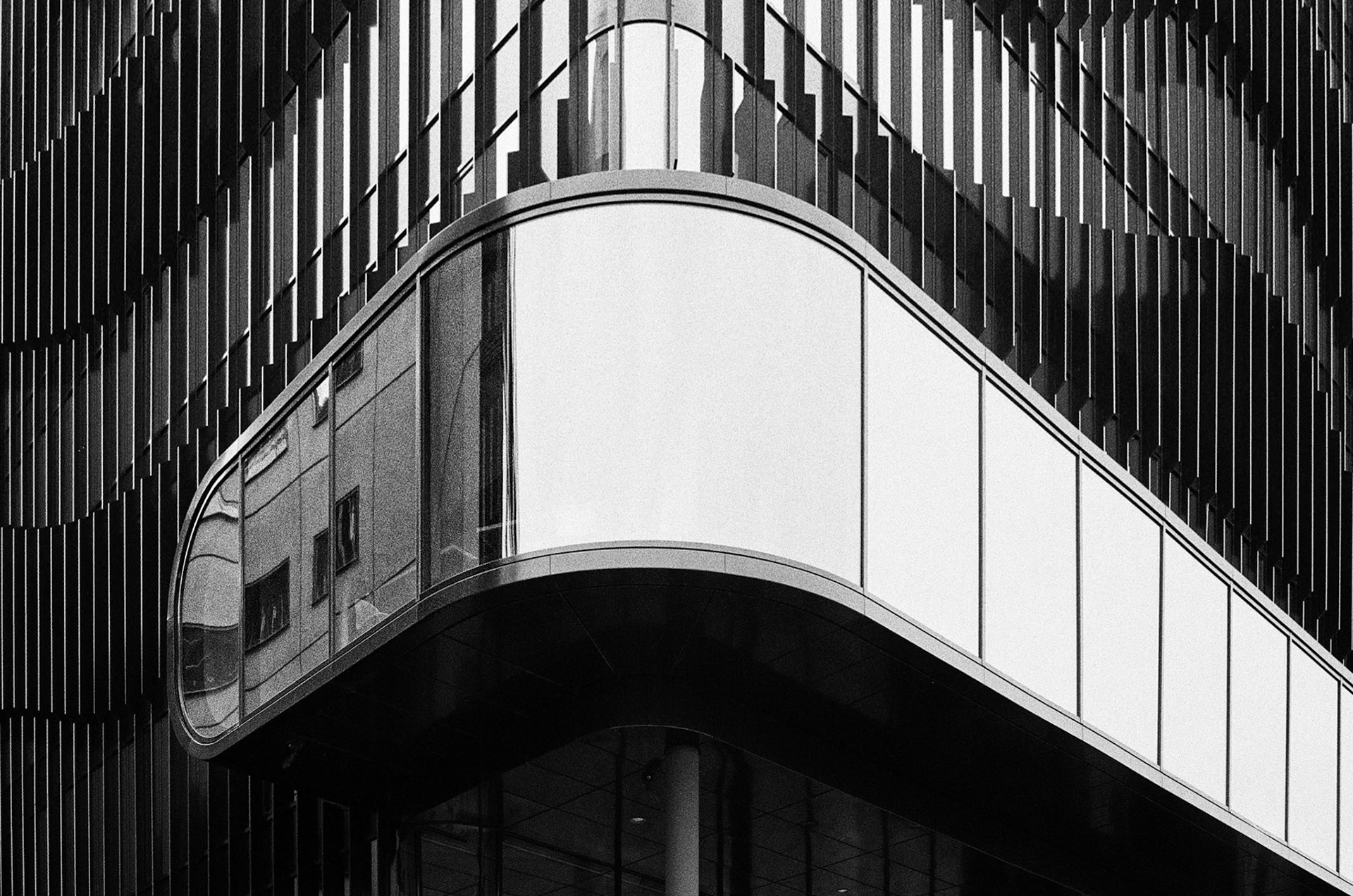



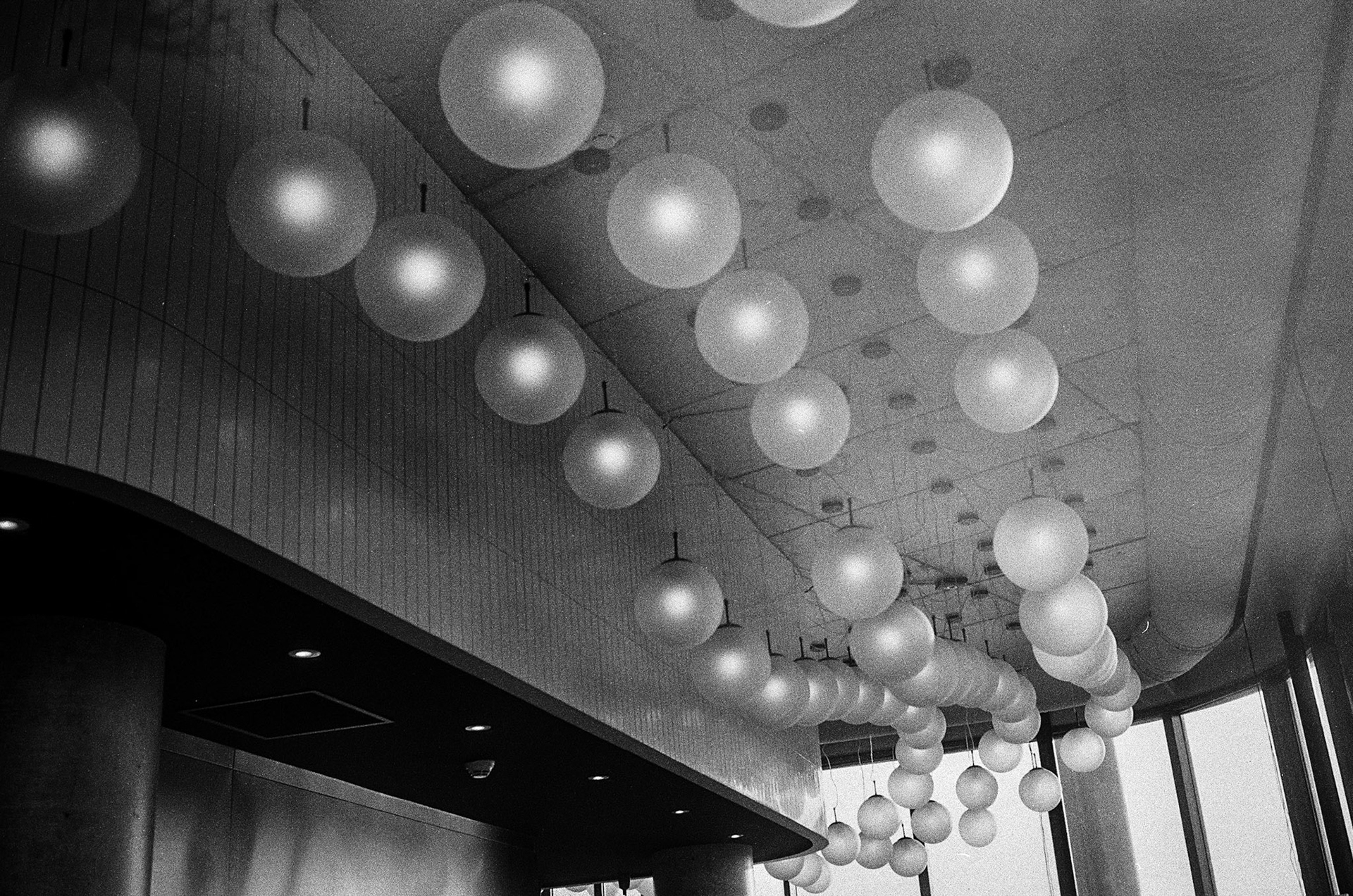
houthavens
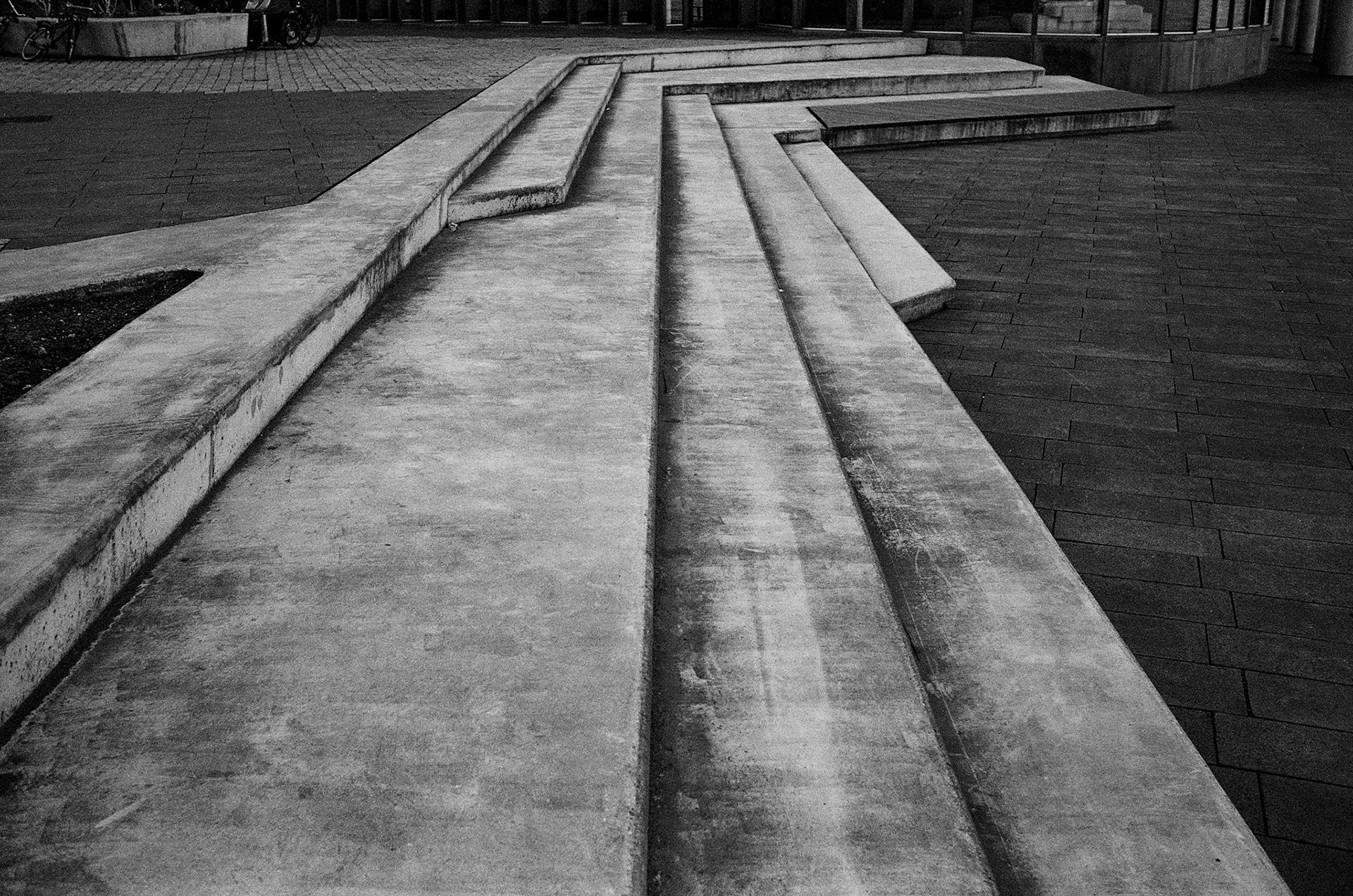
houthavens
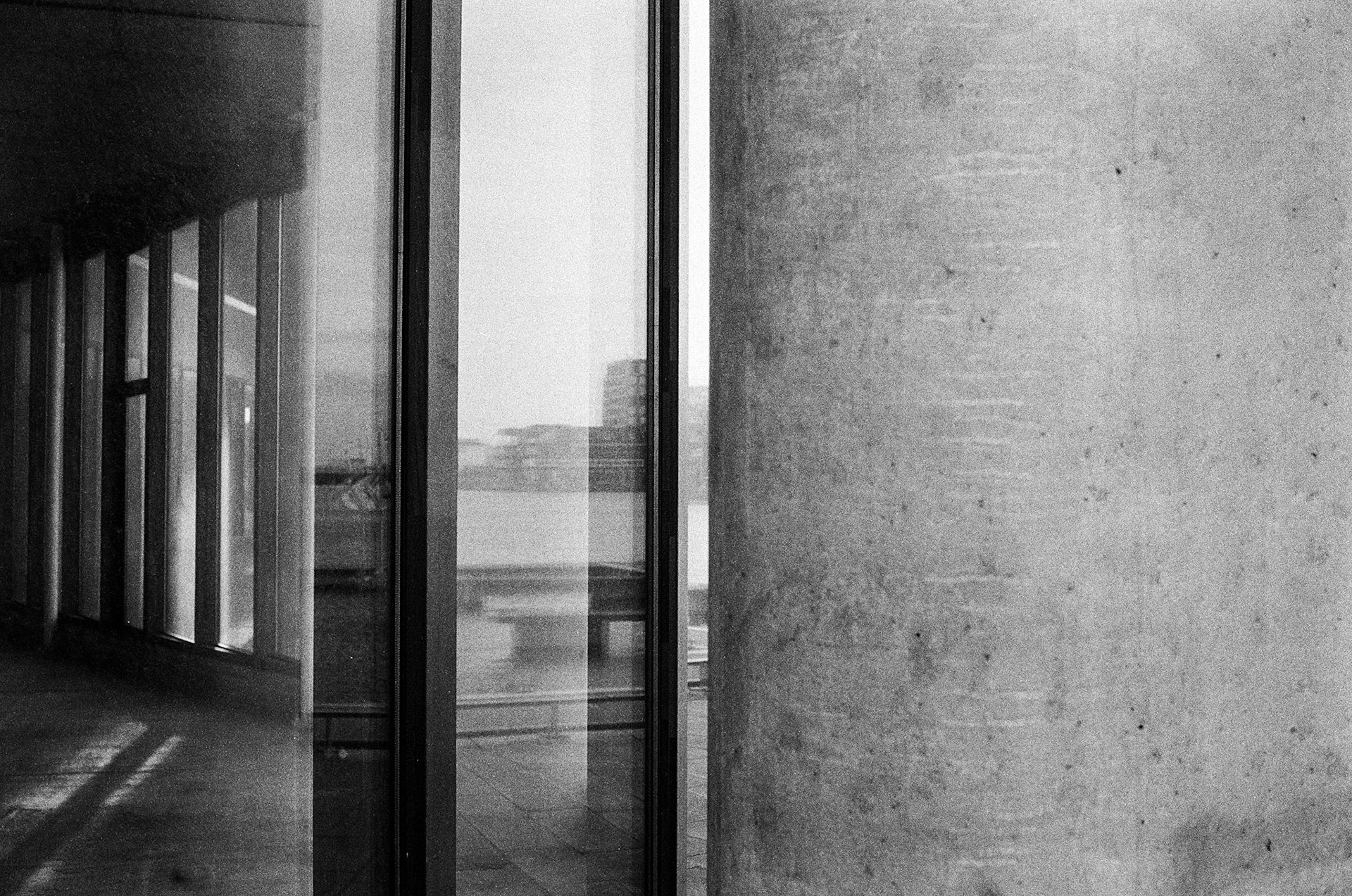
houthavens
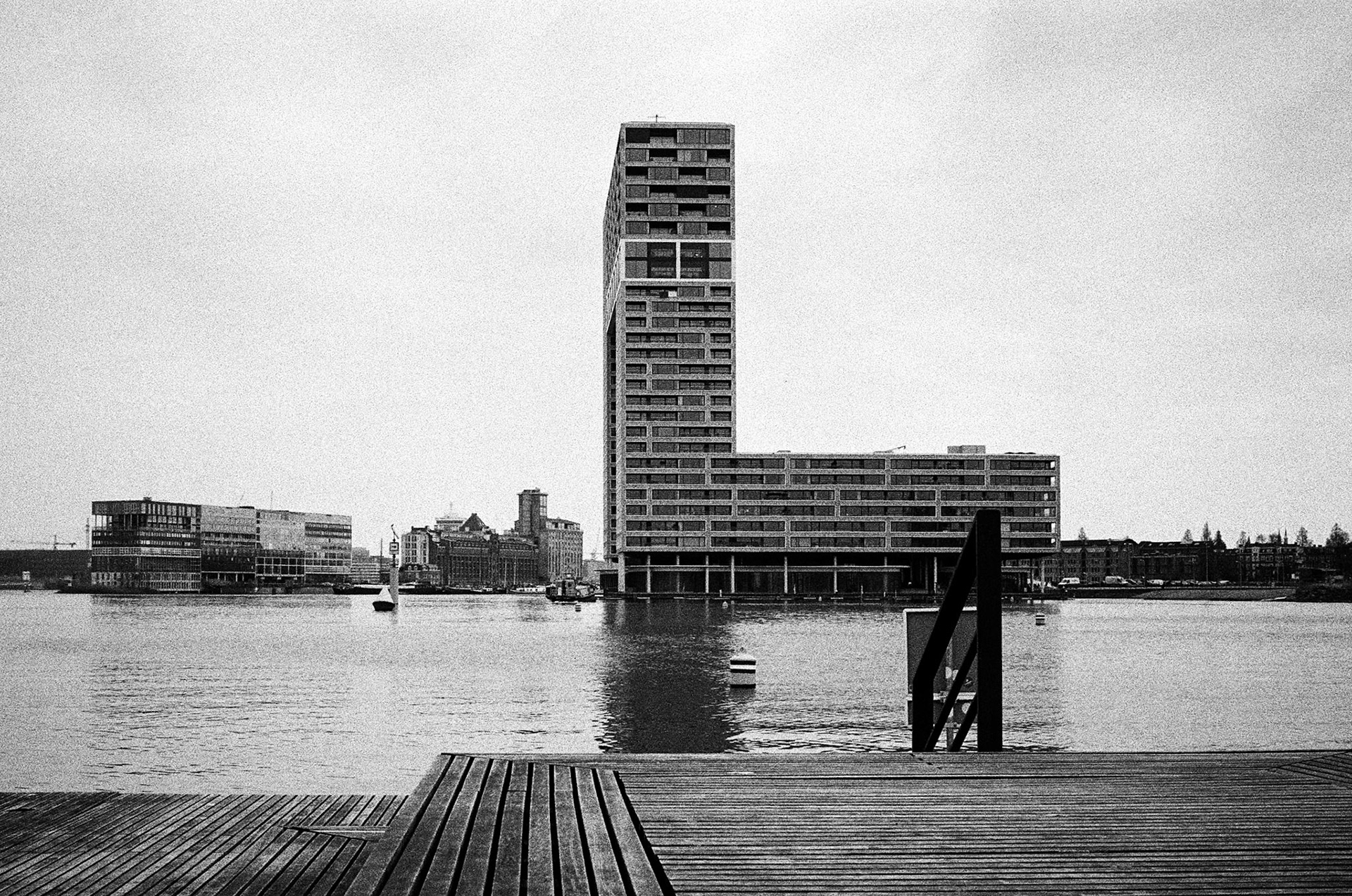

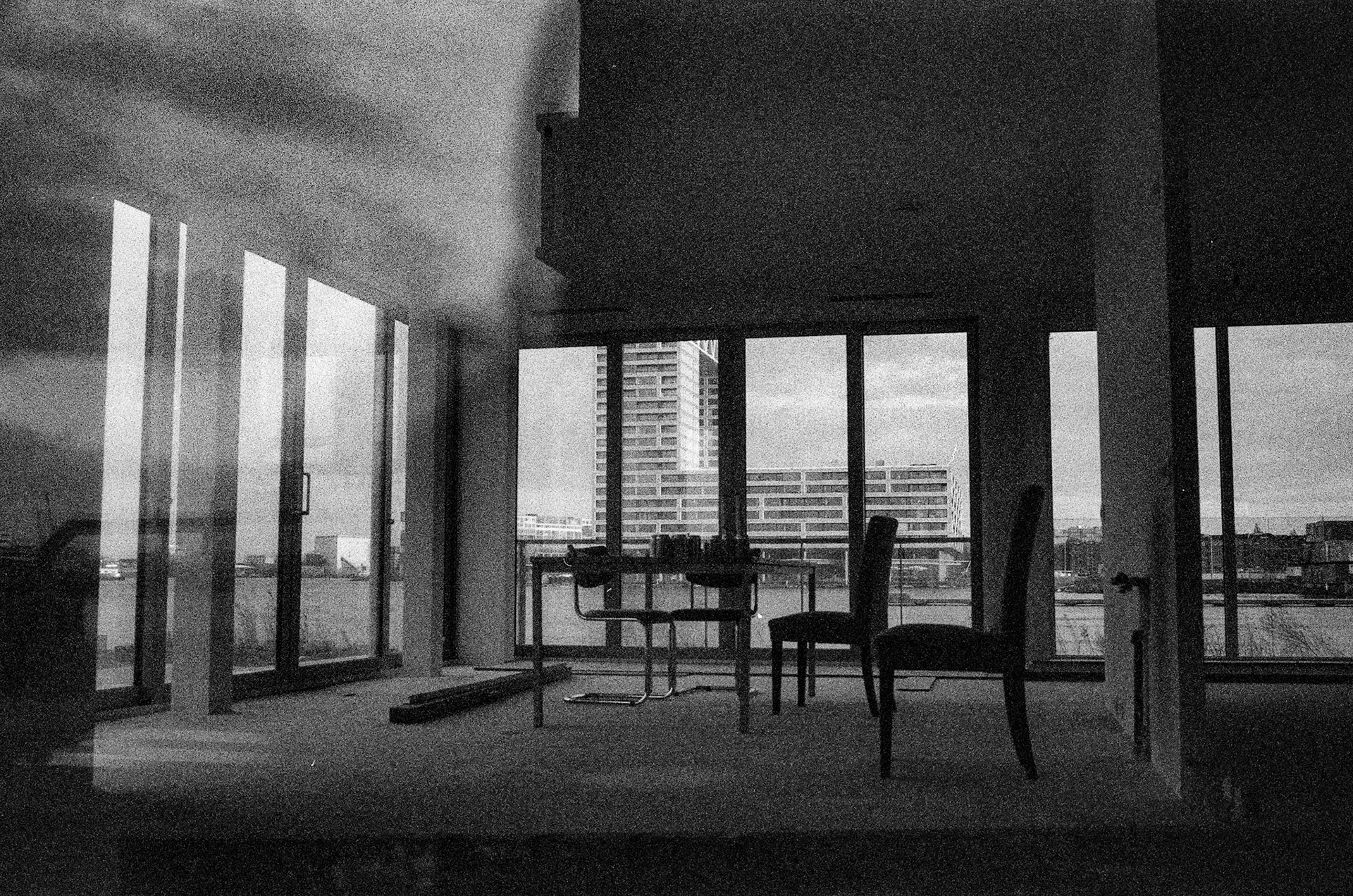
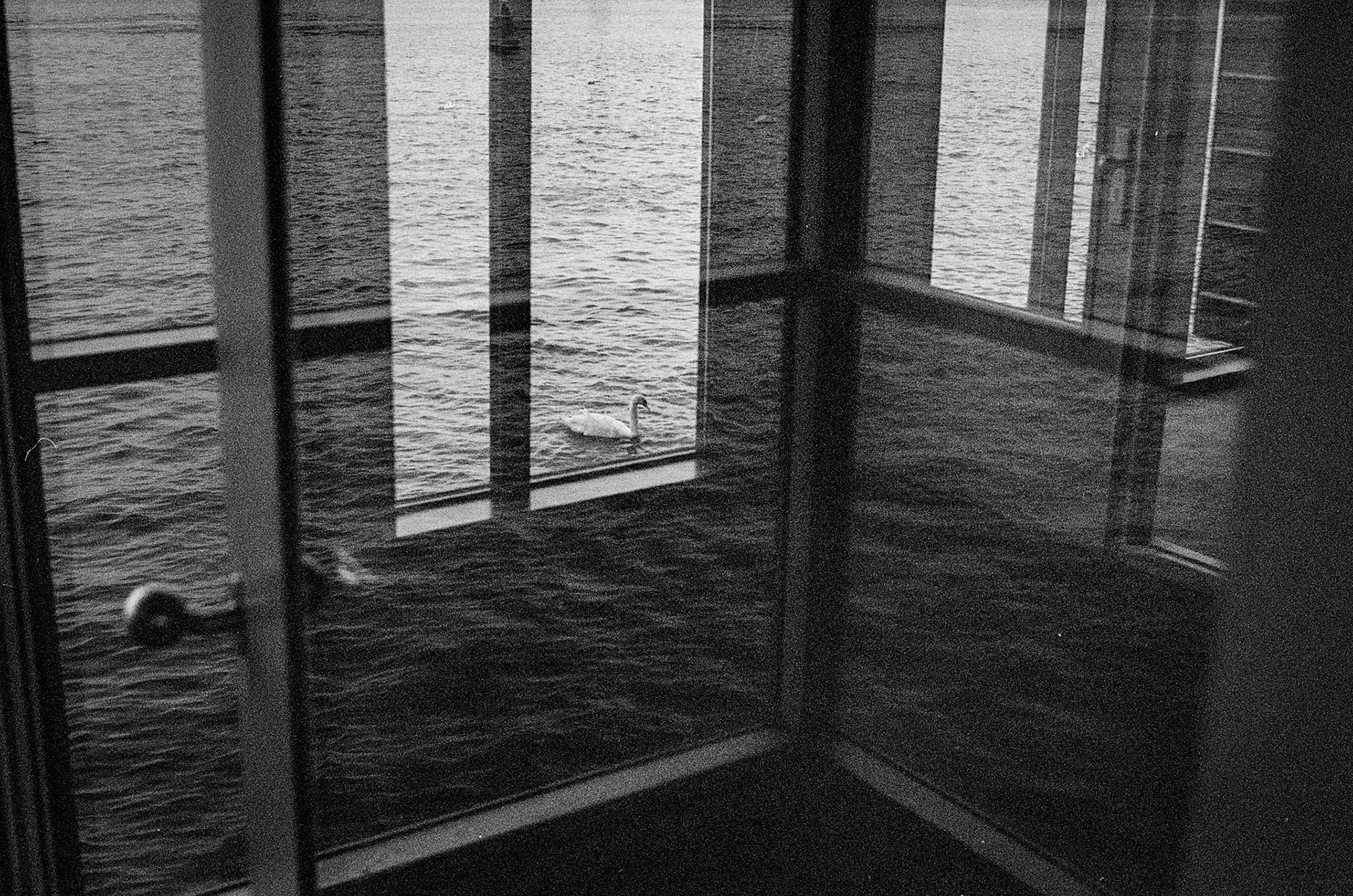
houthavens
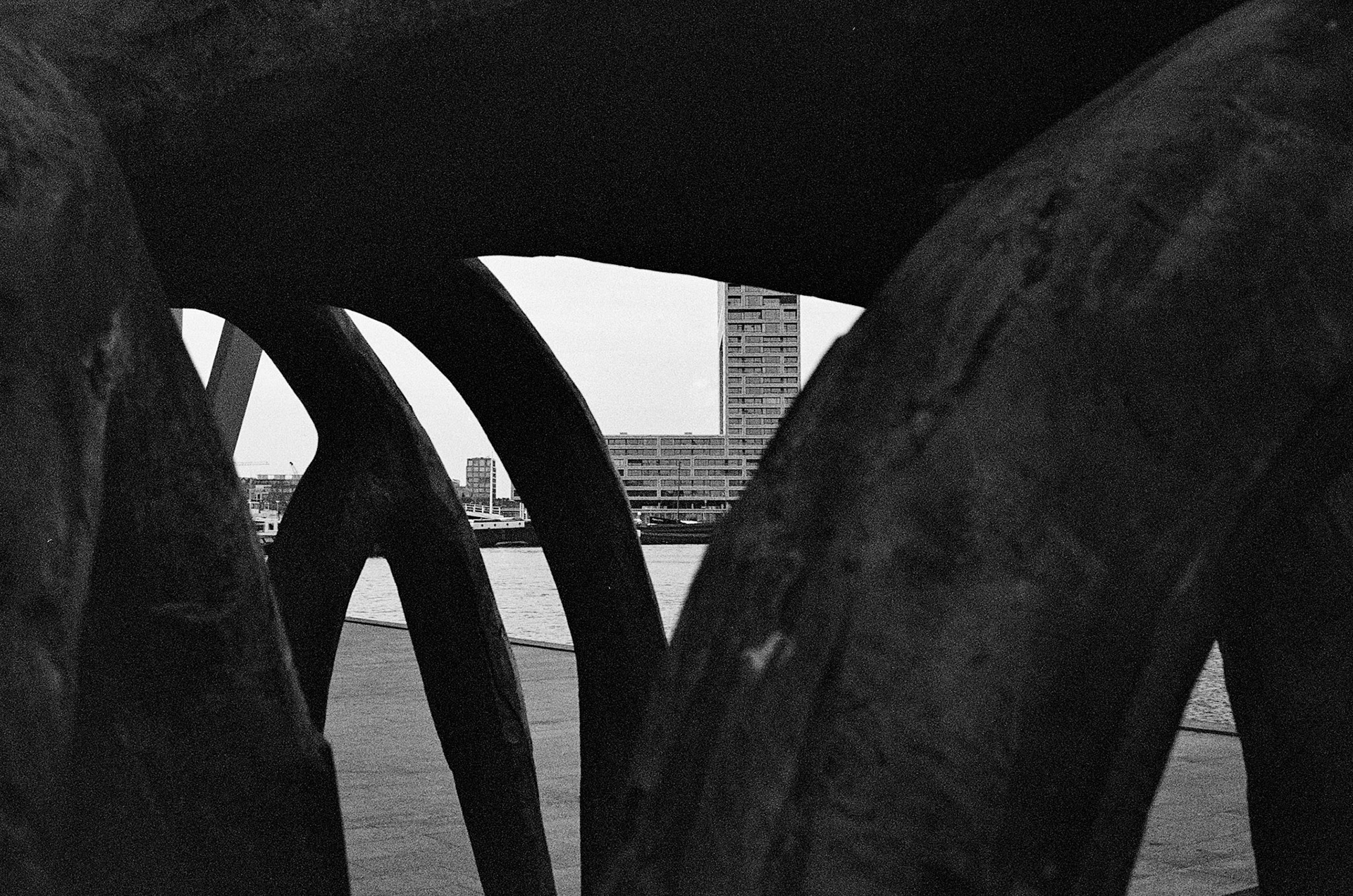
houthavens
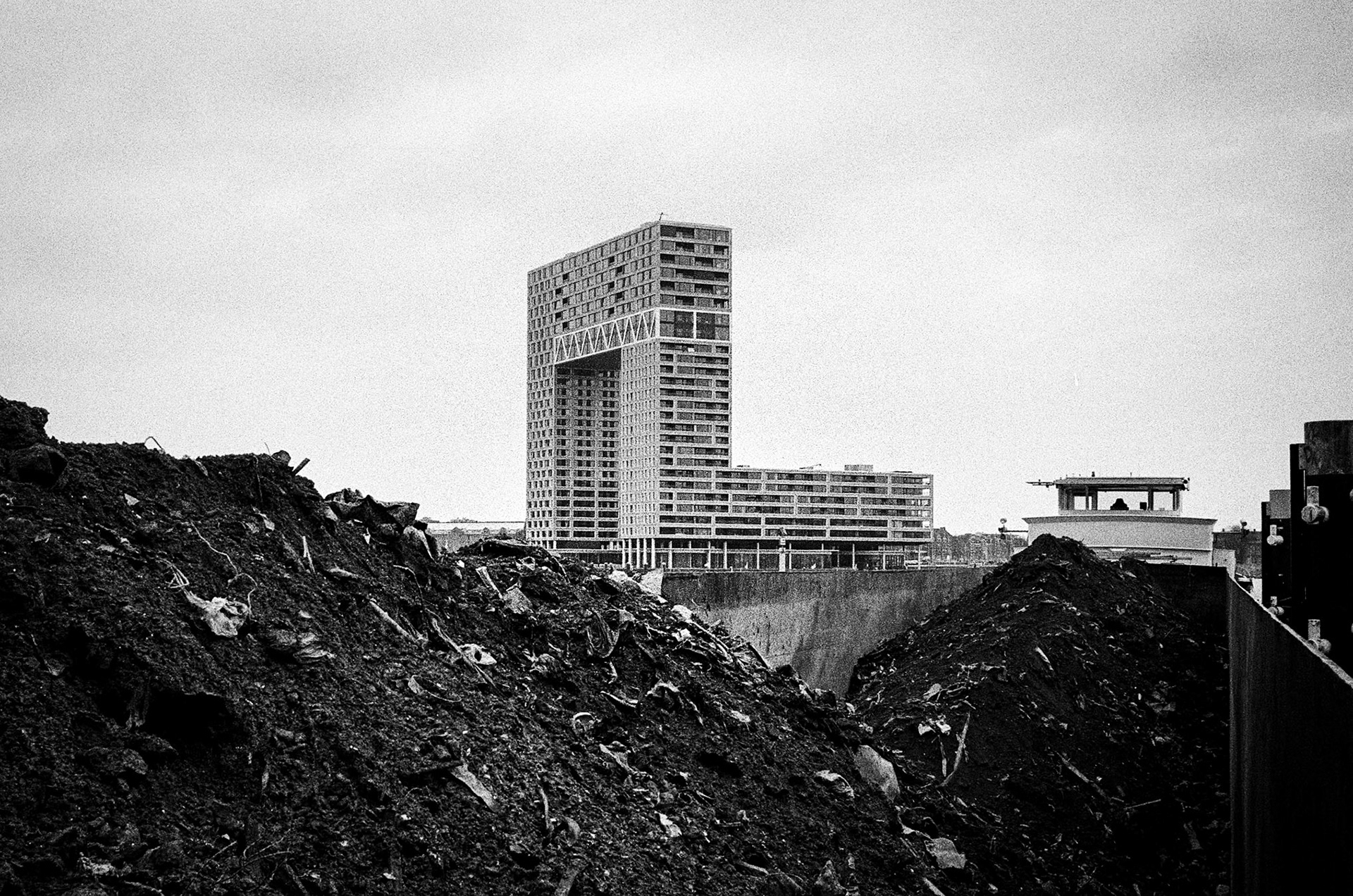

houthavens
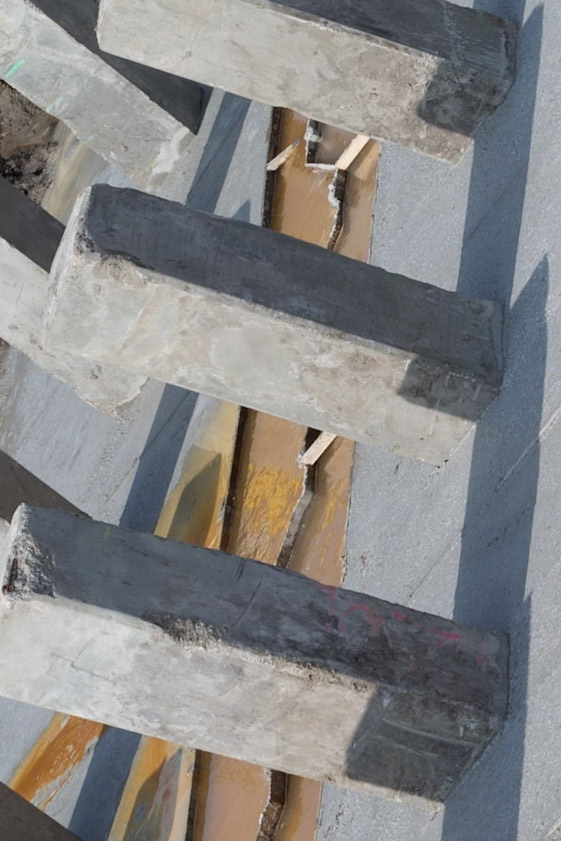
houthavens
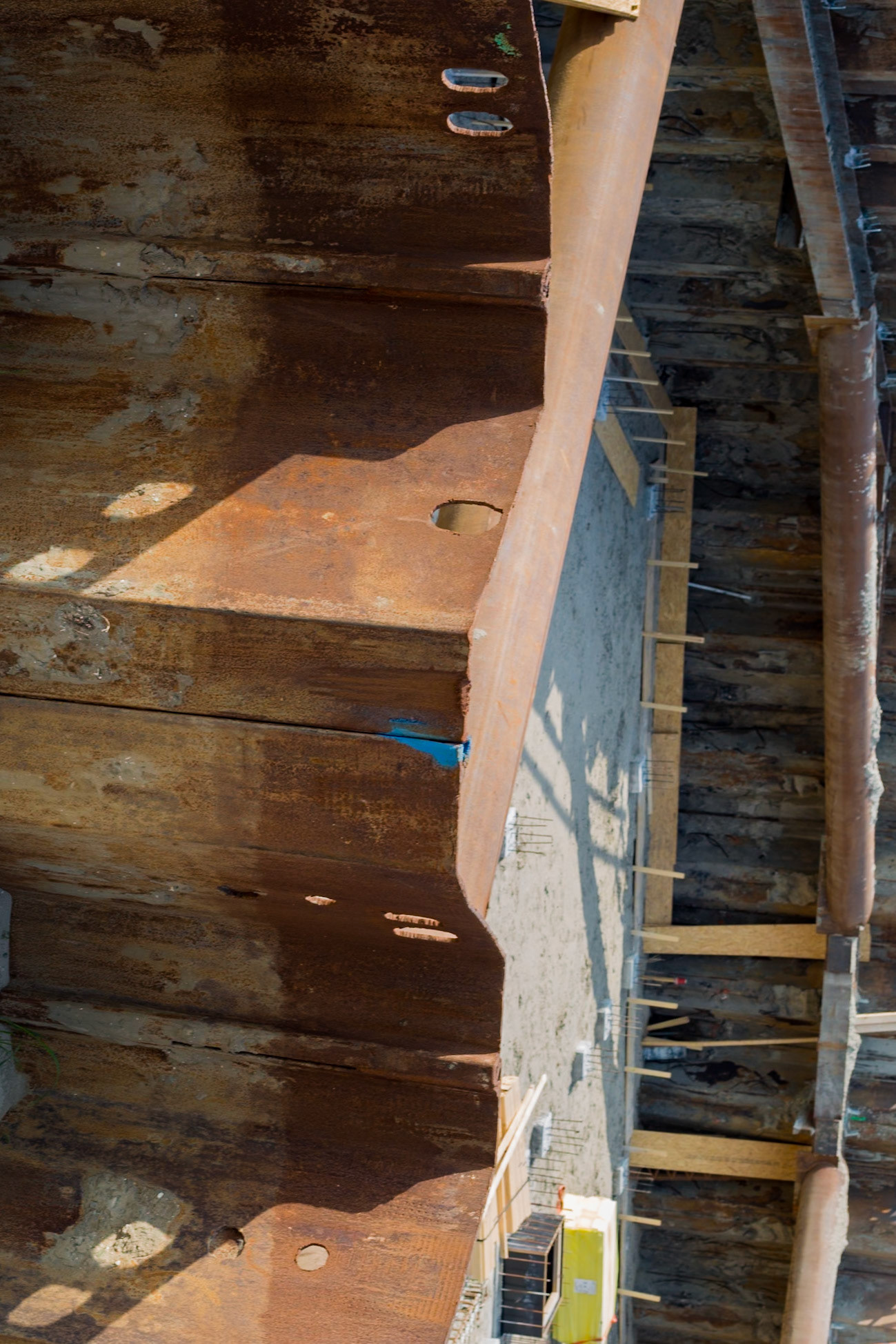
houthavens
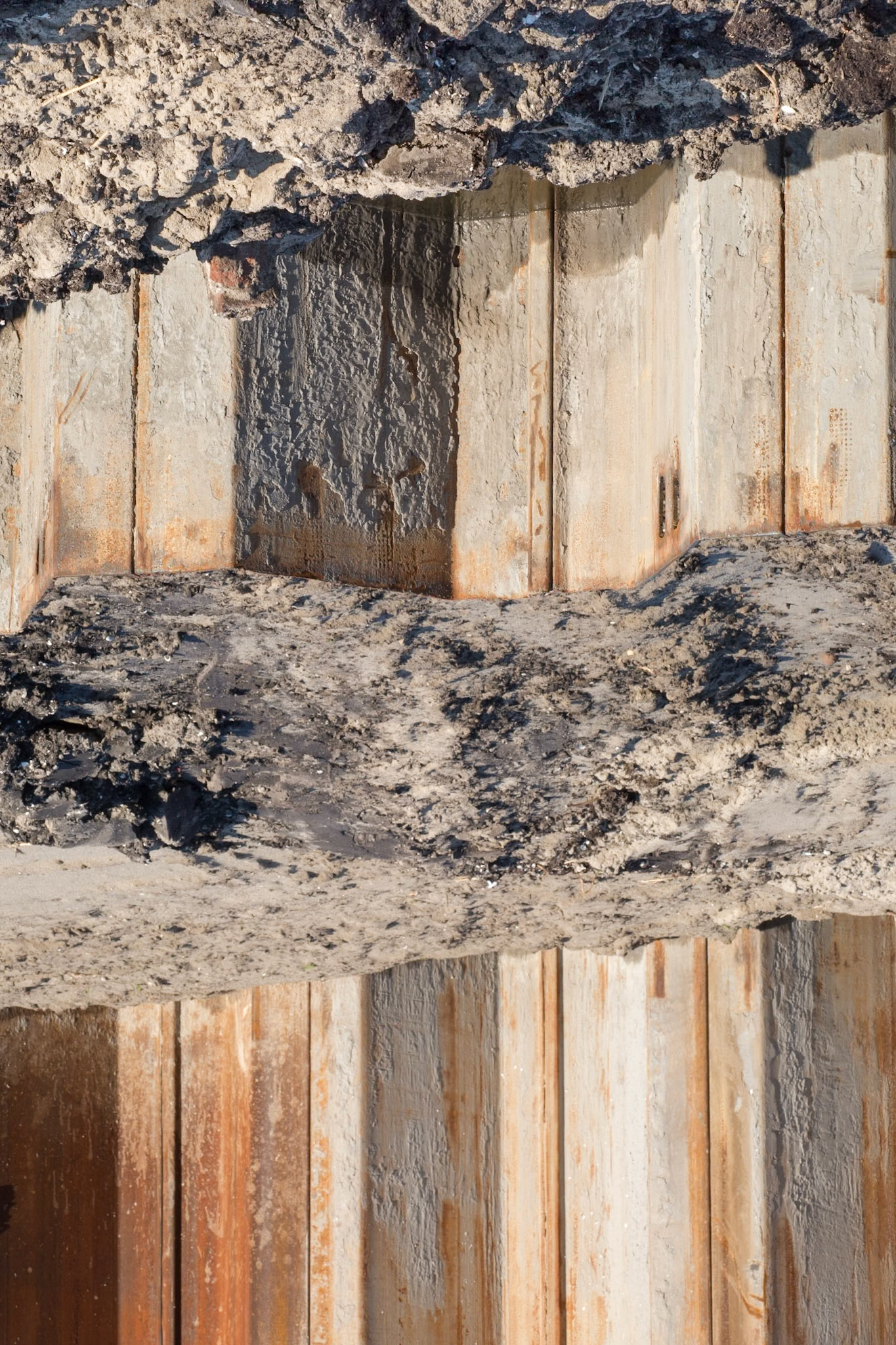
houthavens

houthavens
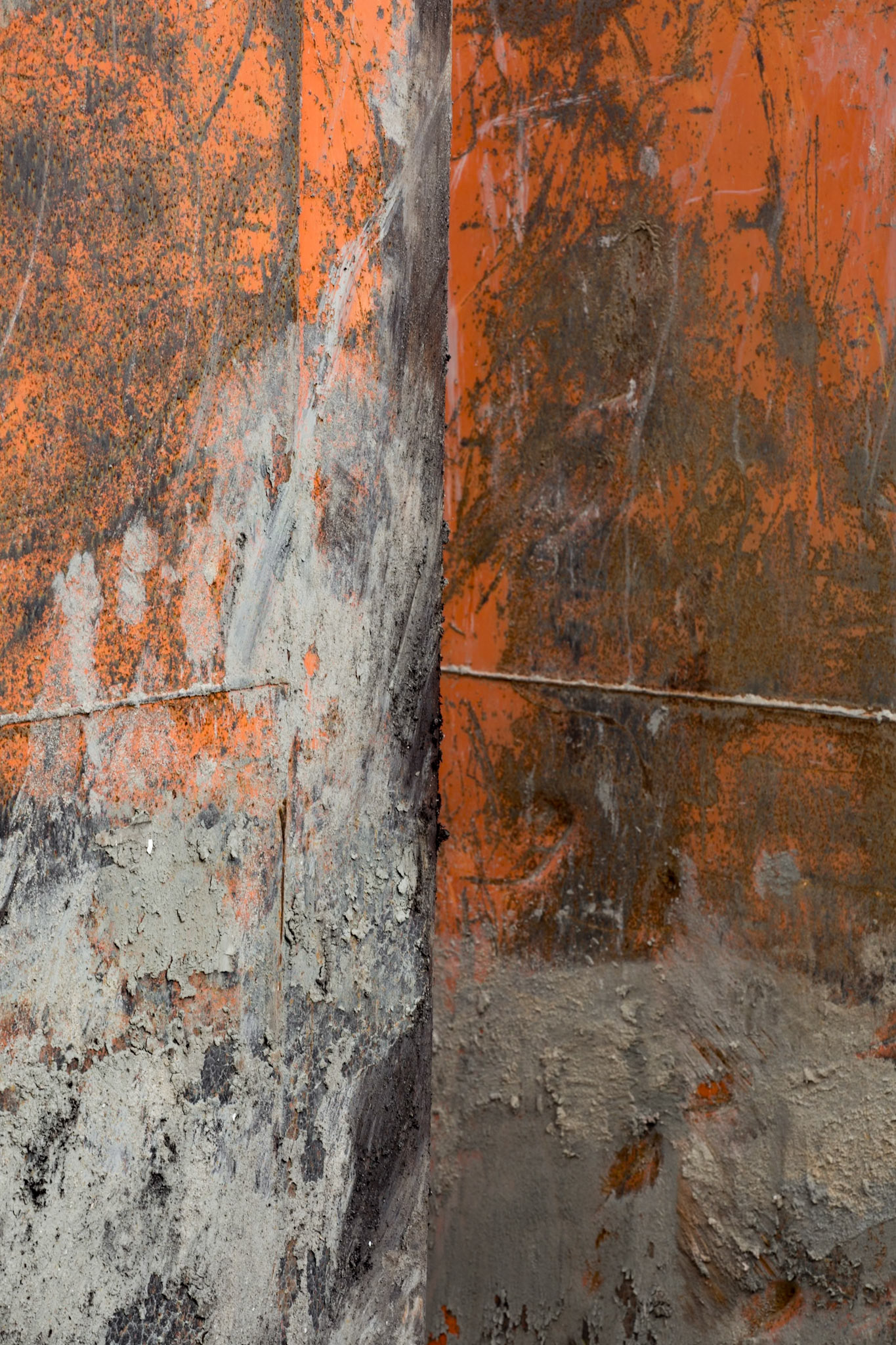
houthavens
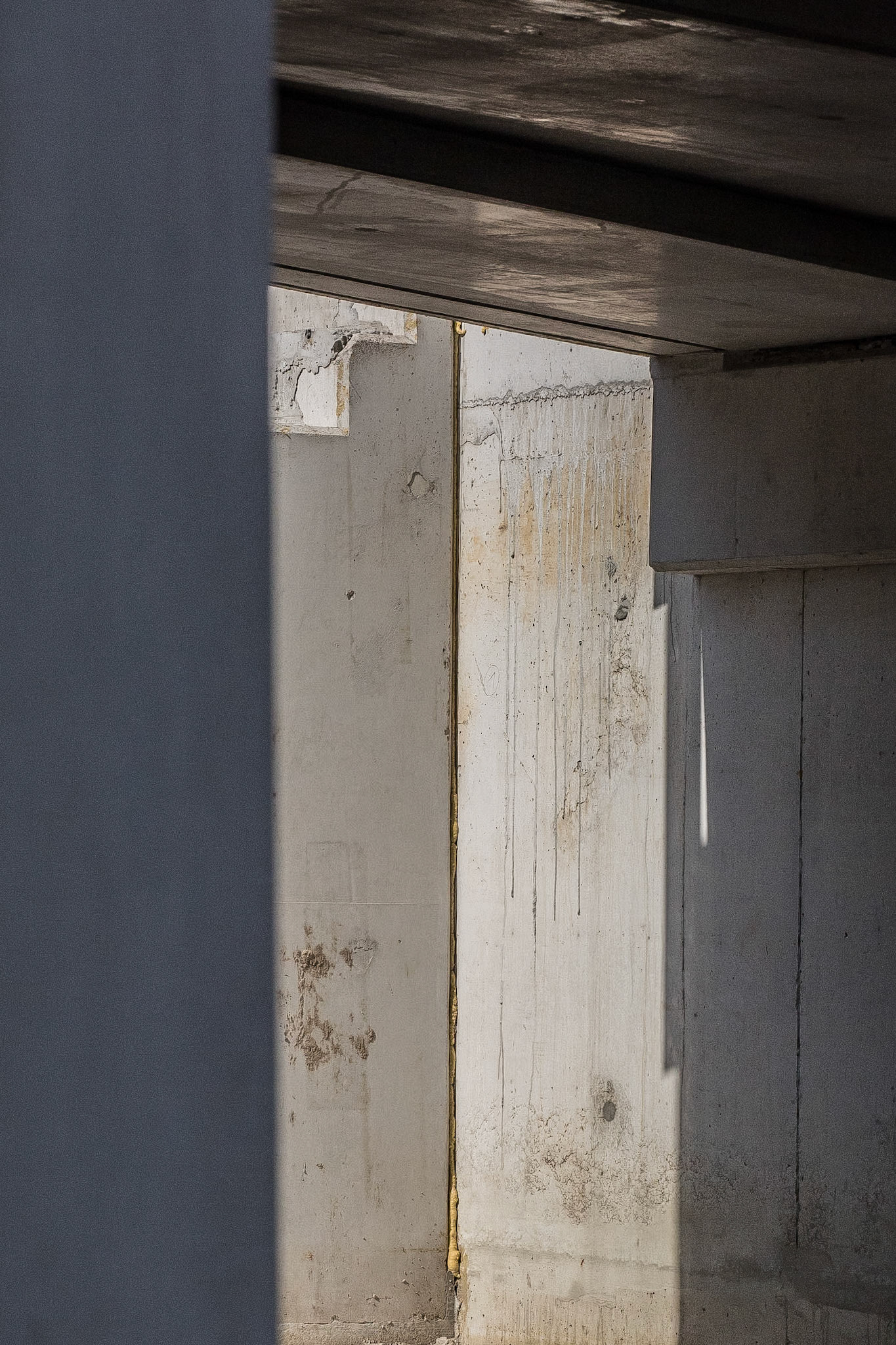
houthavens
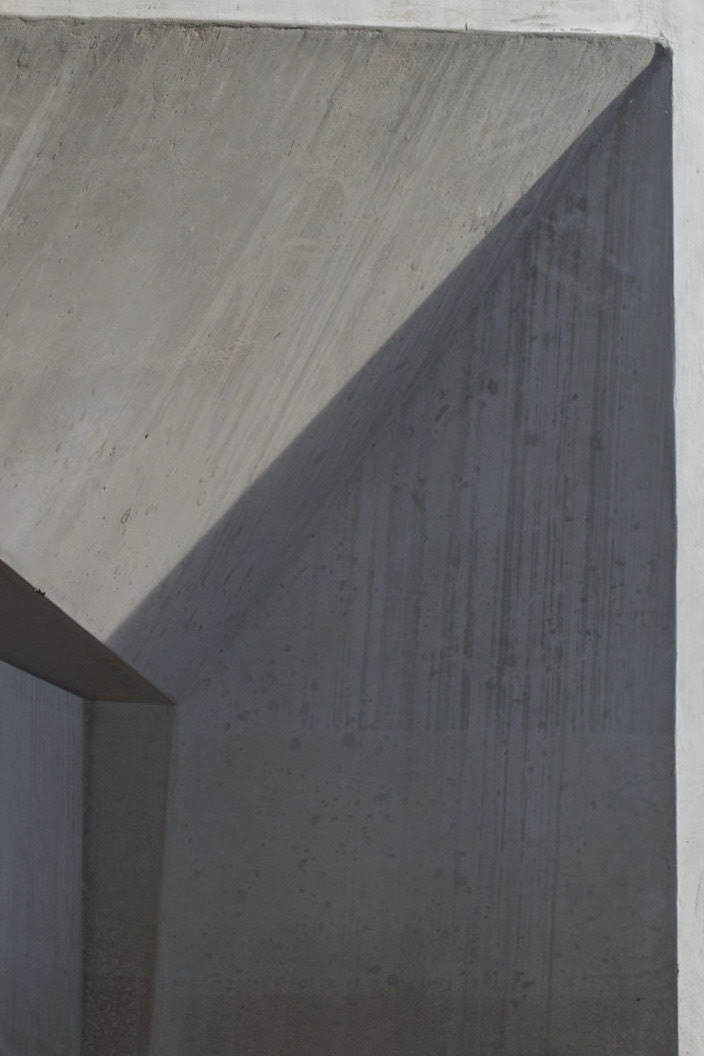
houthavens

houthavens
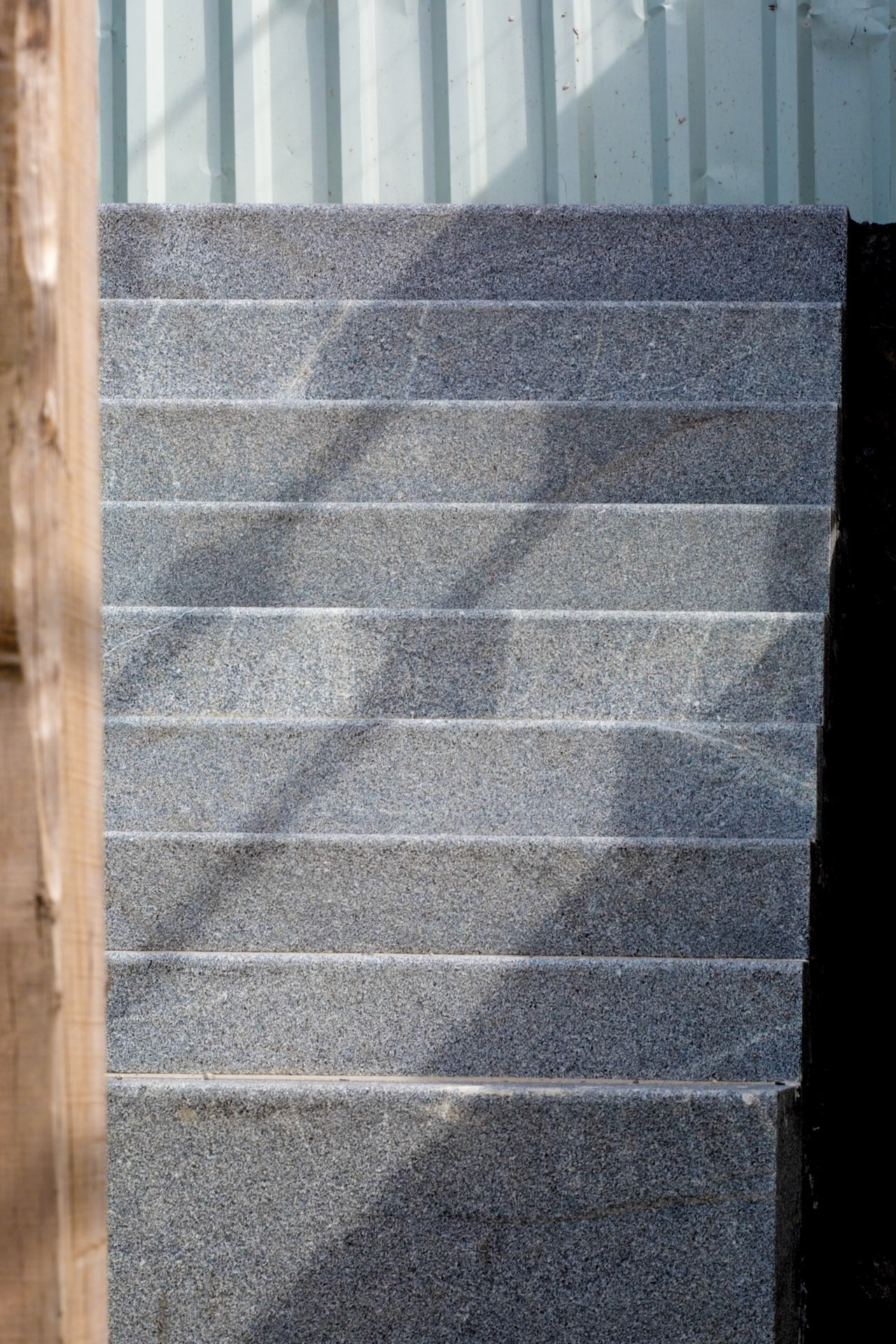
houthavens

houthavens
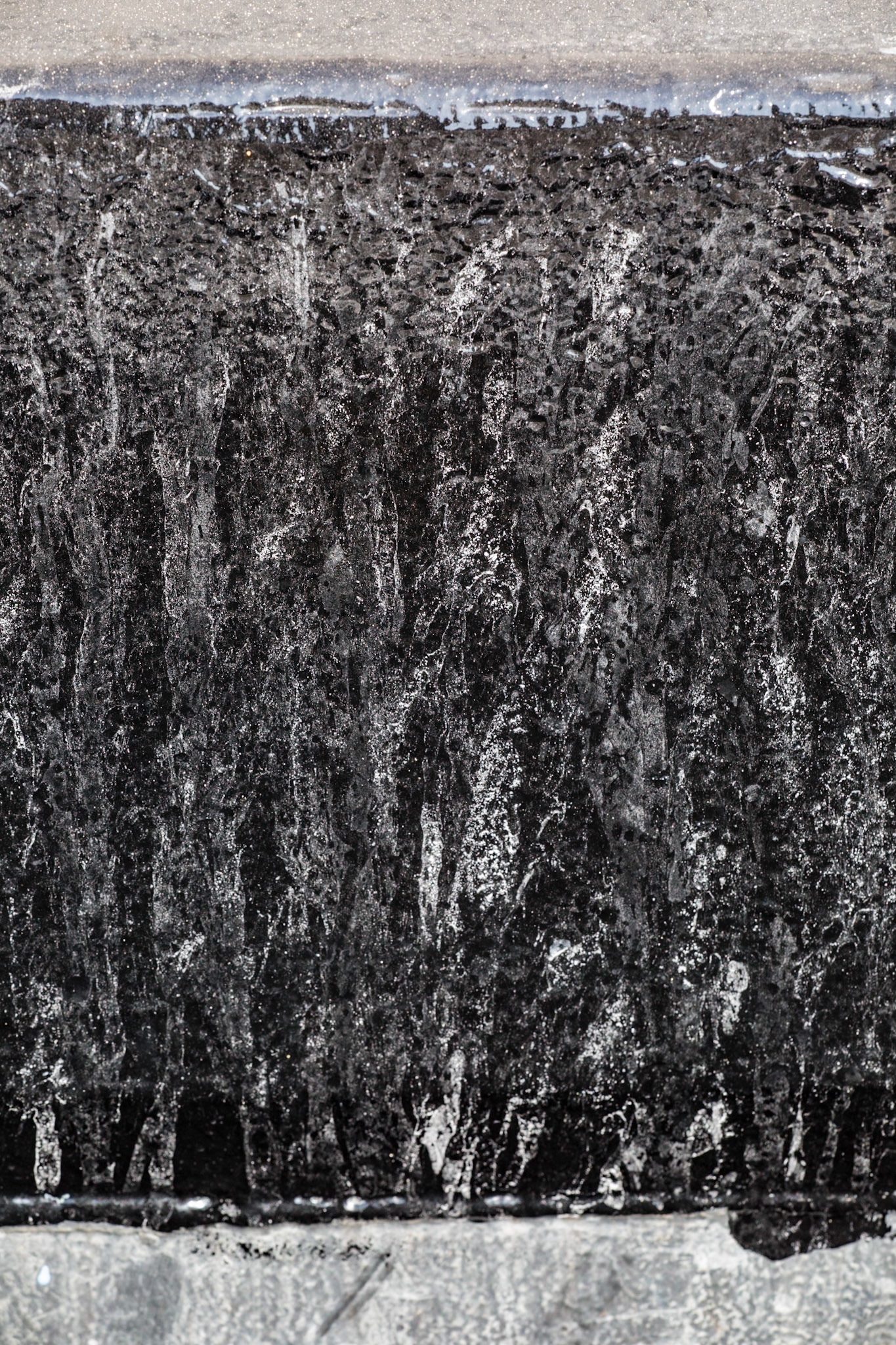
houthavens
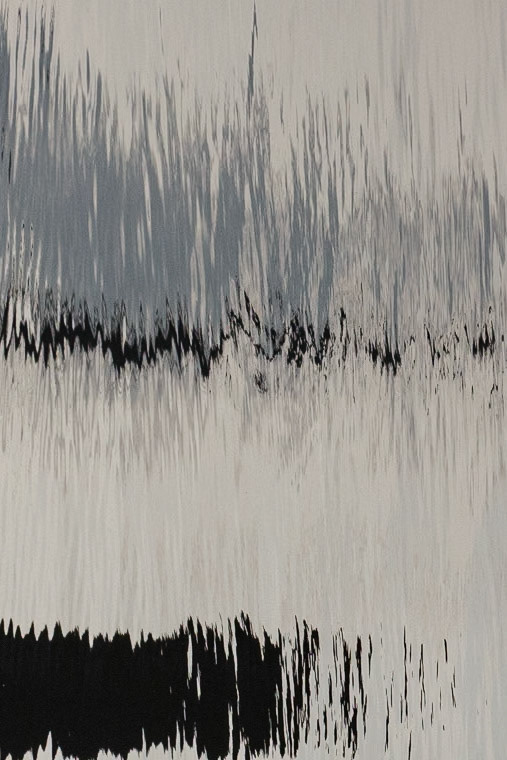
houthavens

houthavens
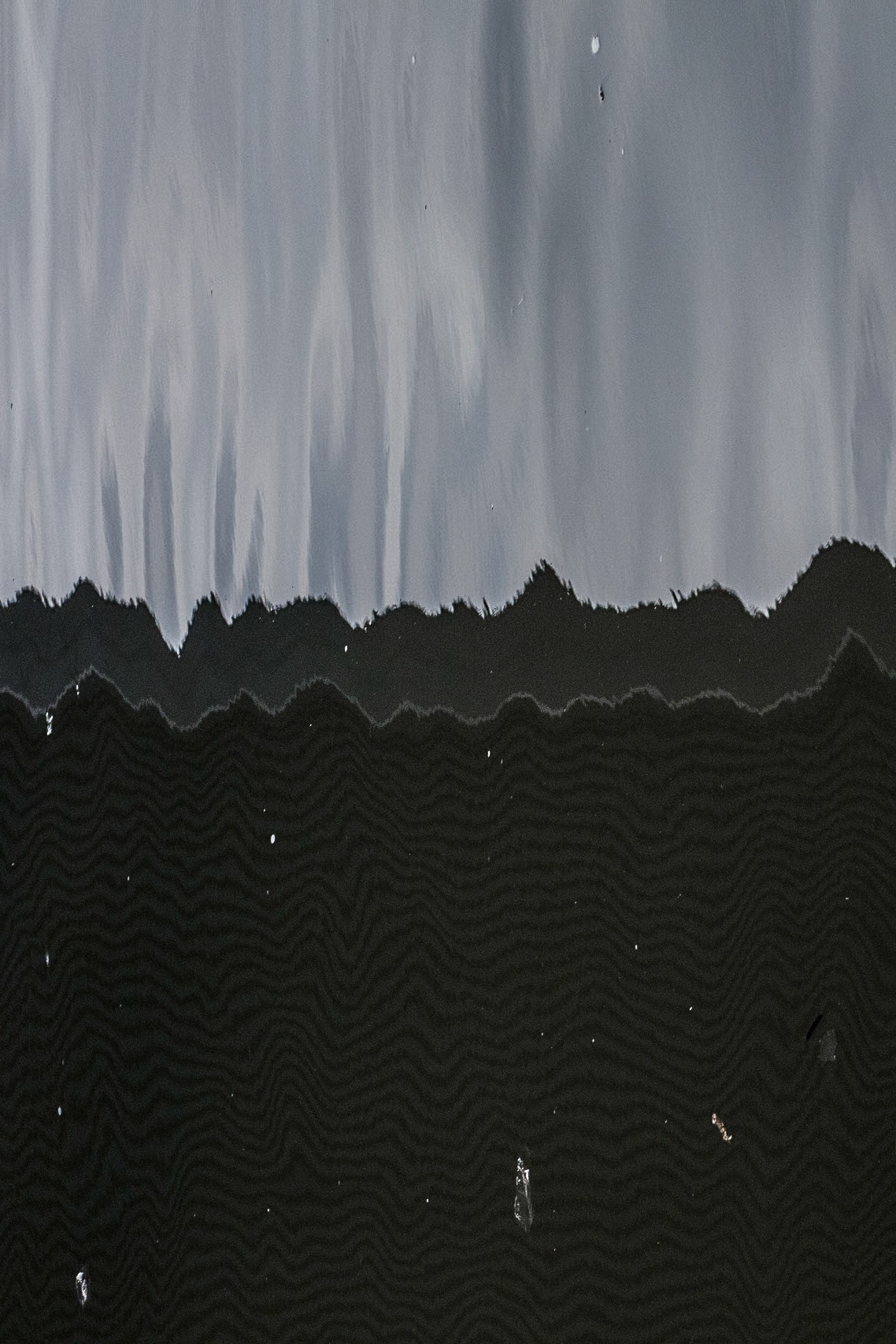
houthavens
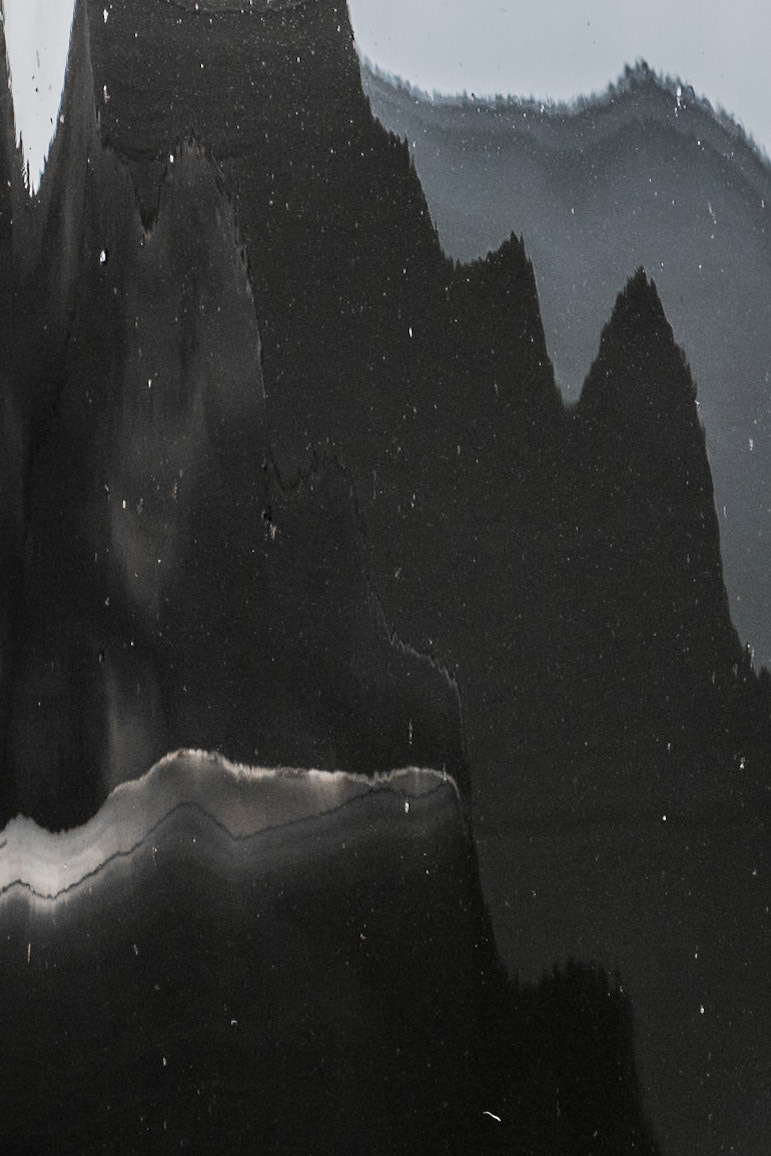
houthavens
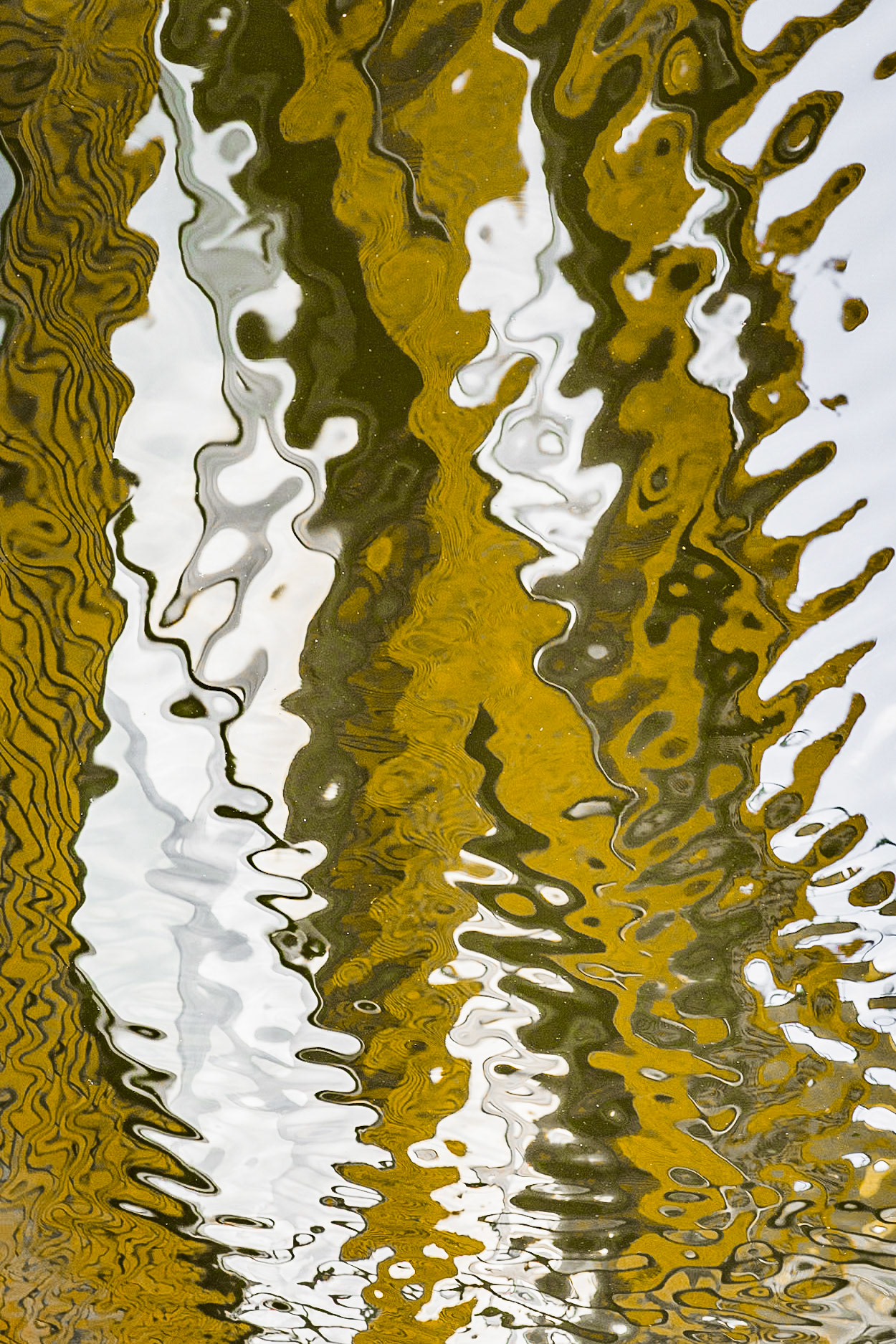
houthavens
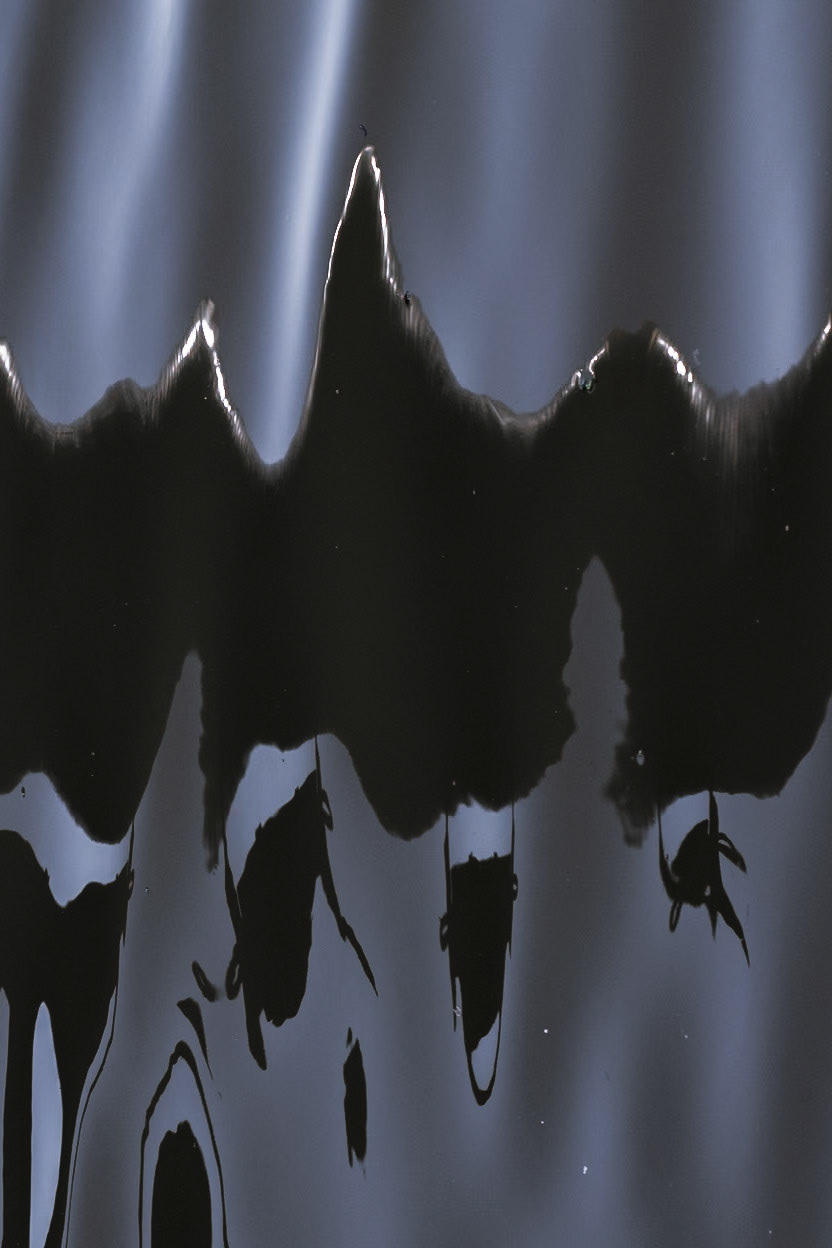
houthavens

houthavens

houthavens

houthavens

houthavens
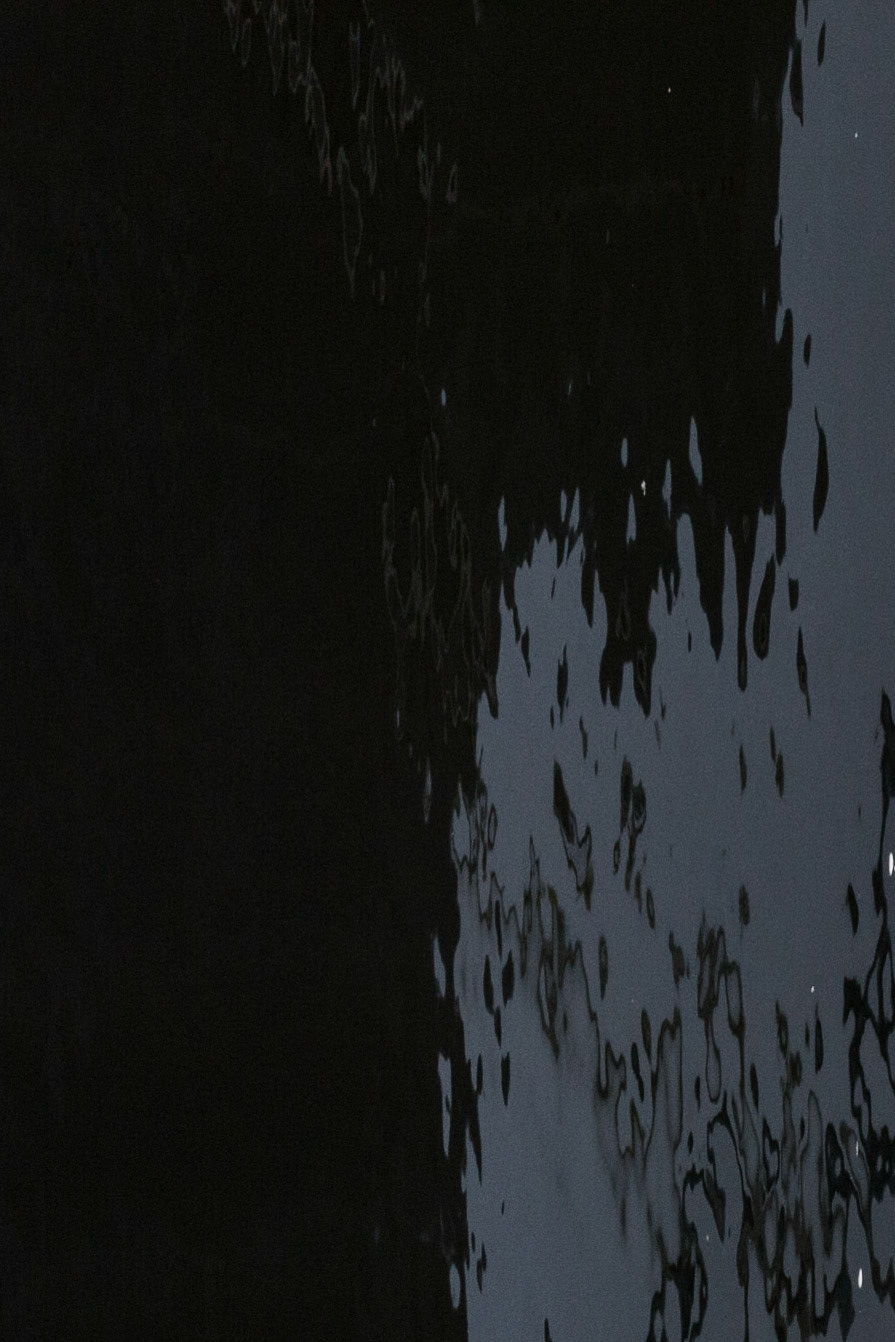
houthavens
